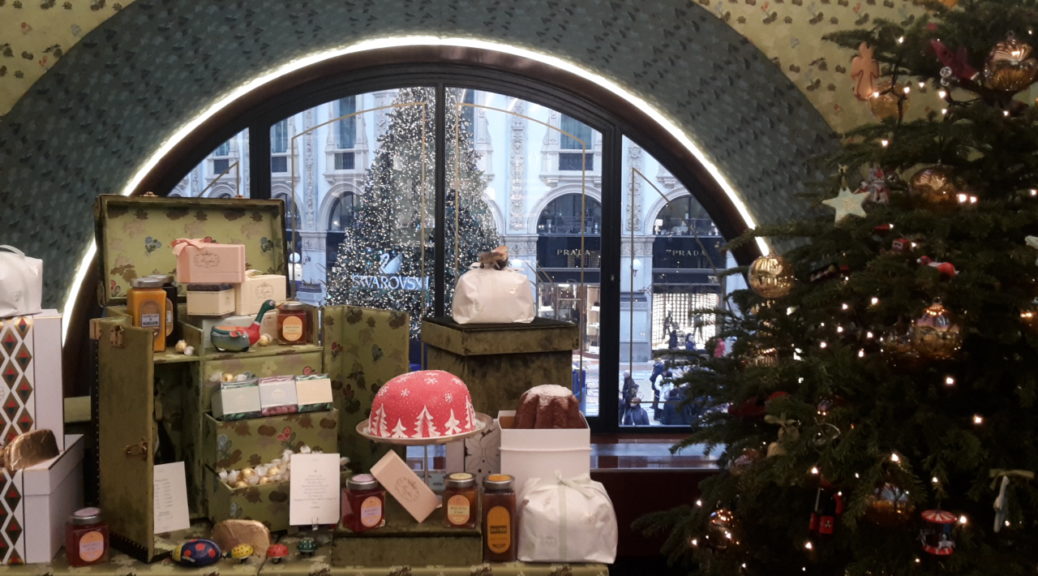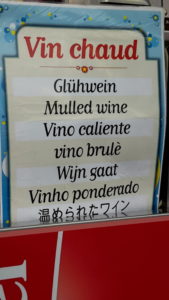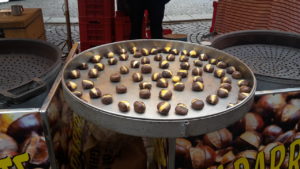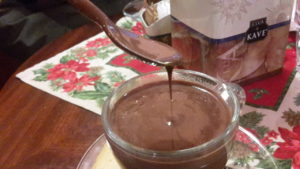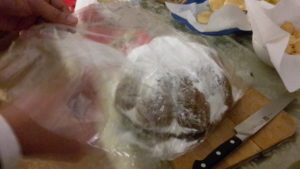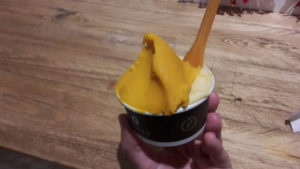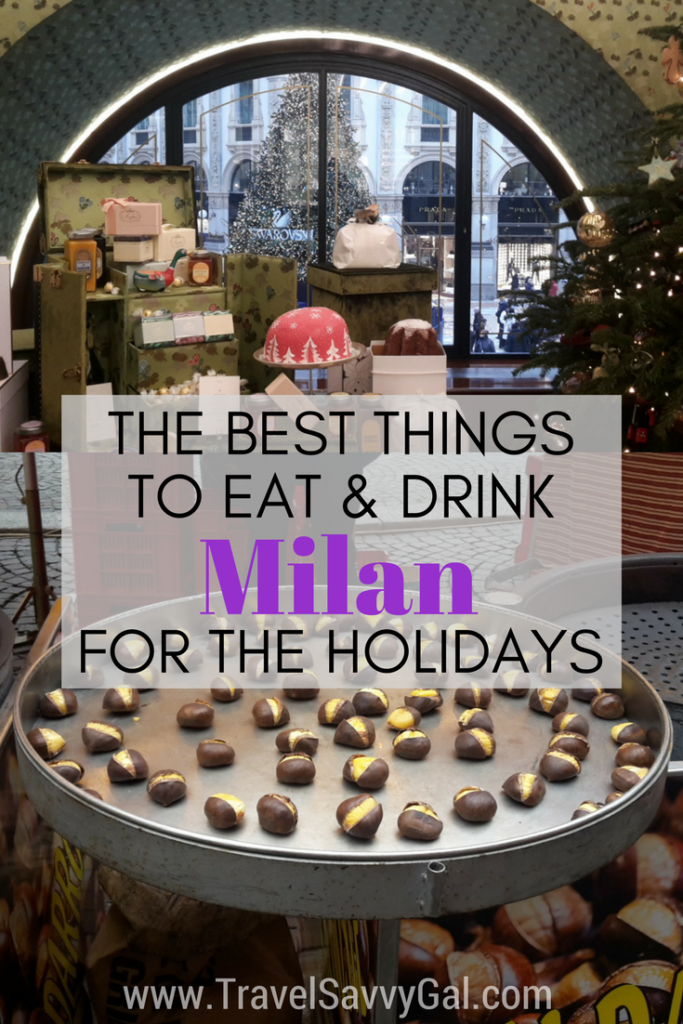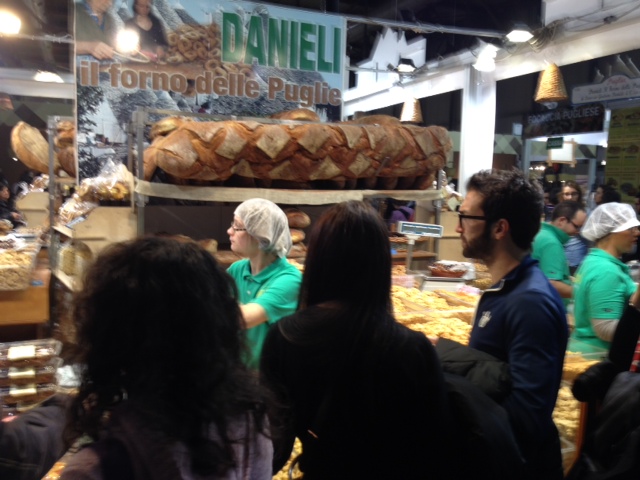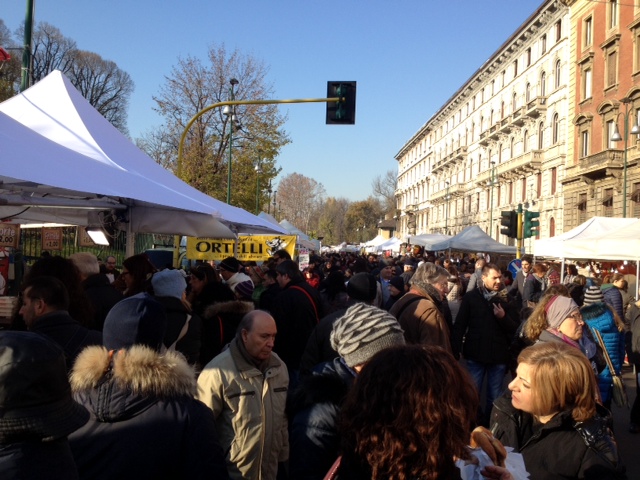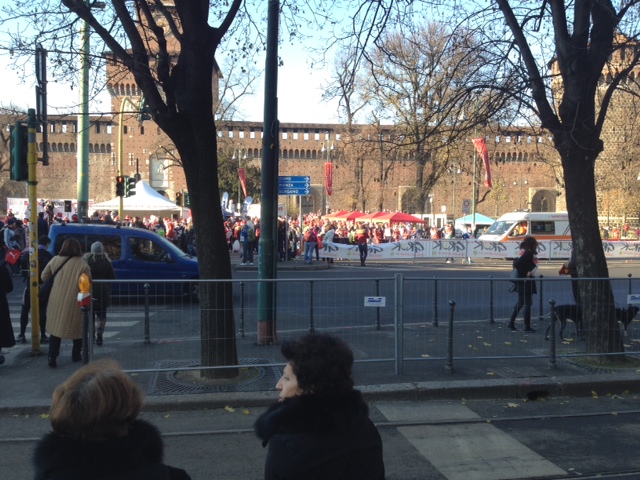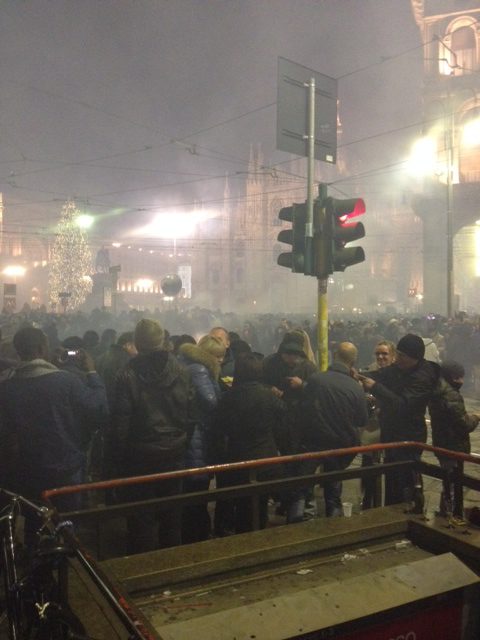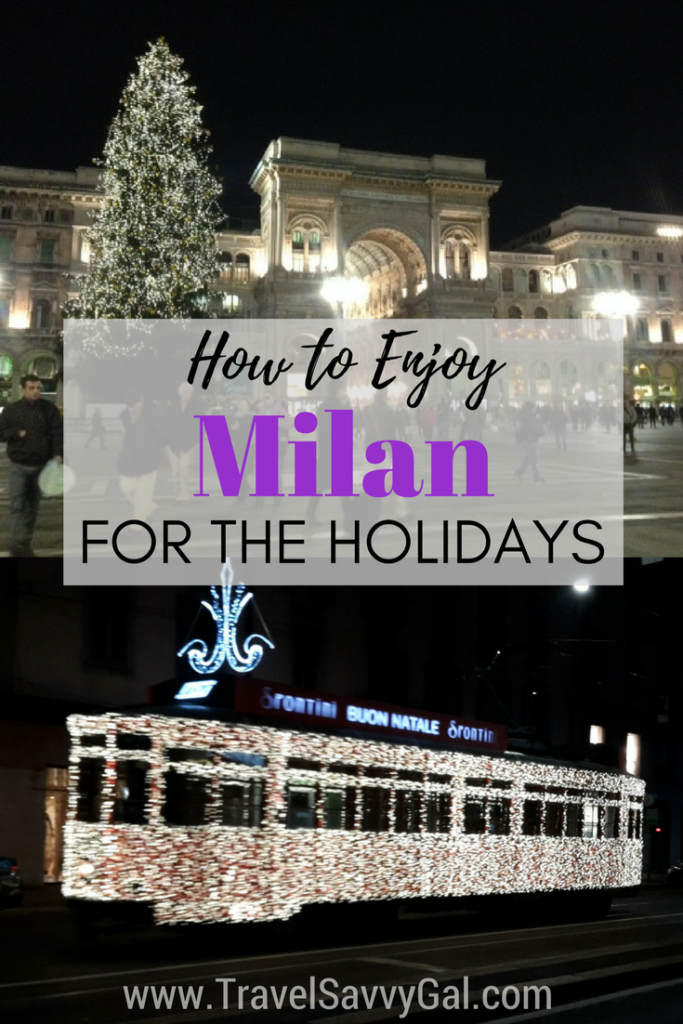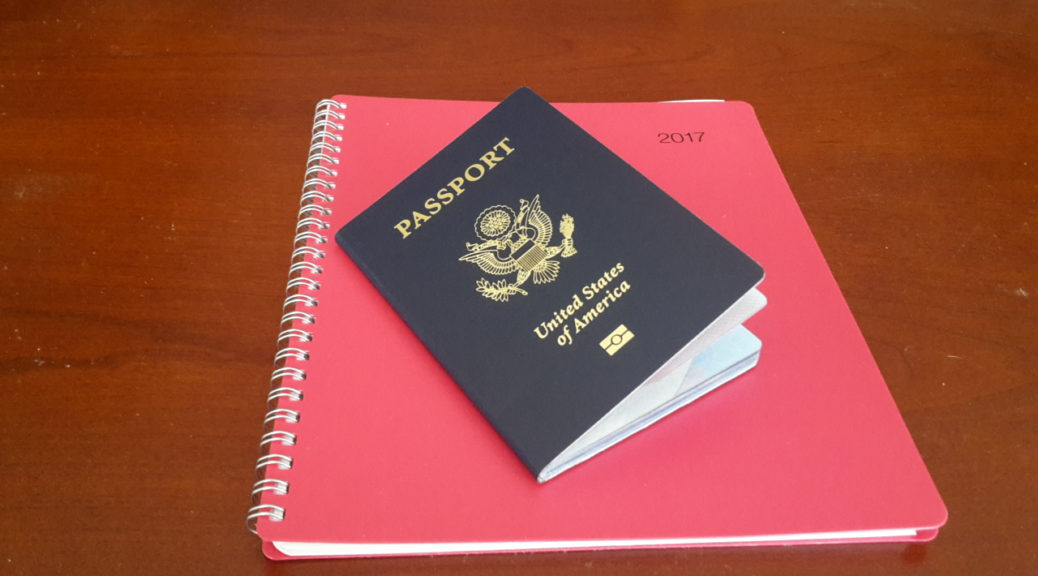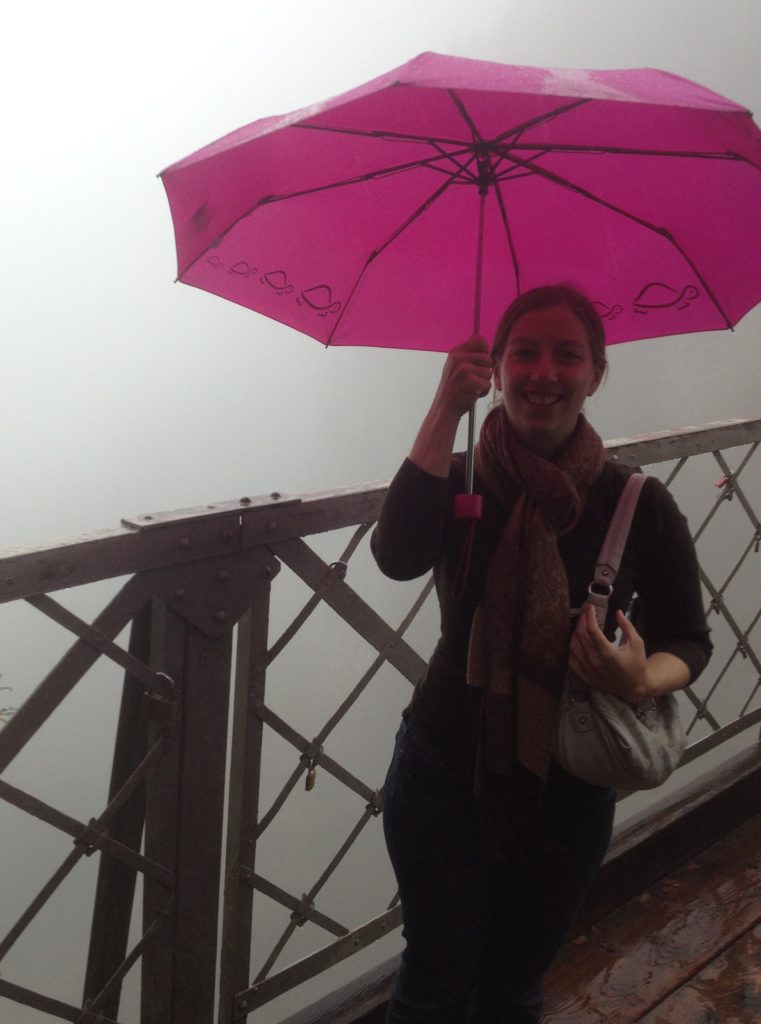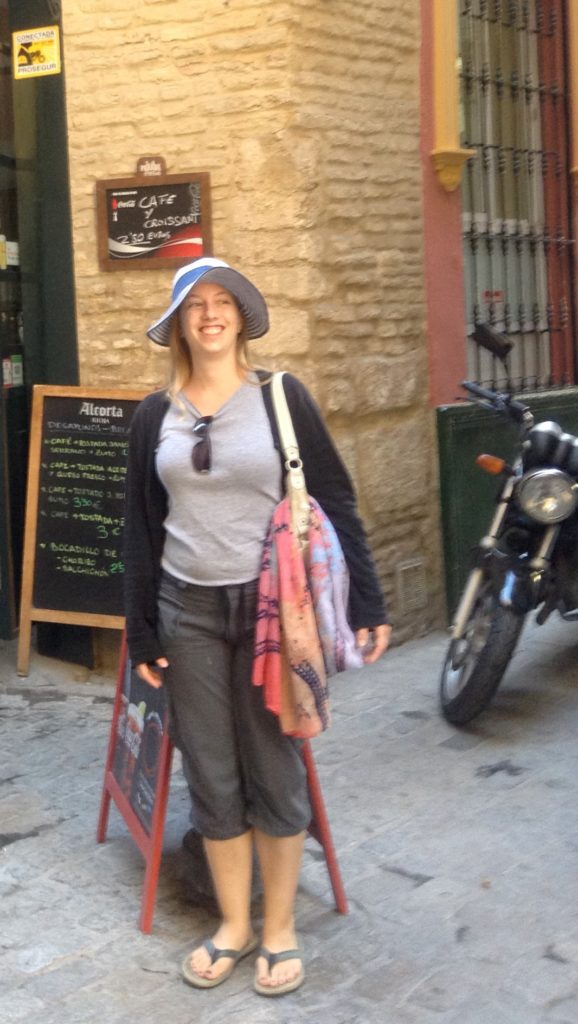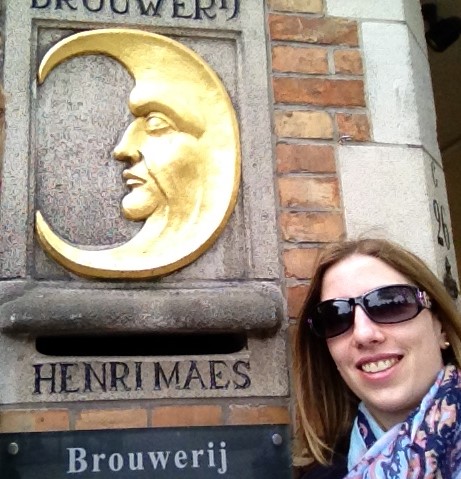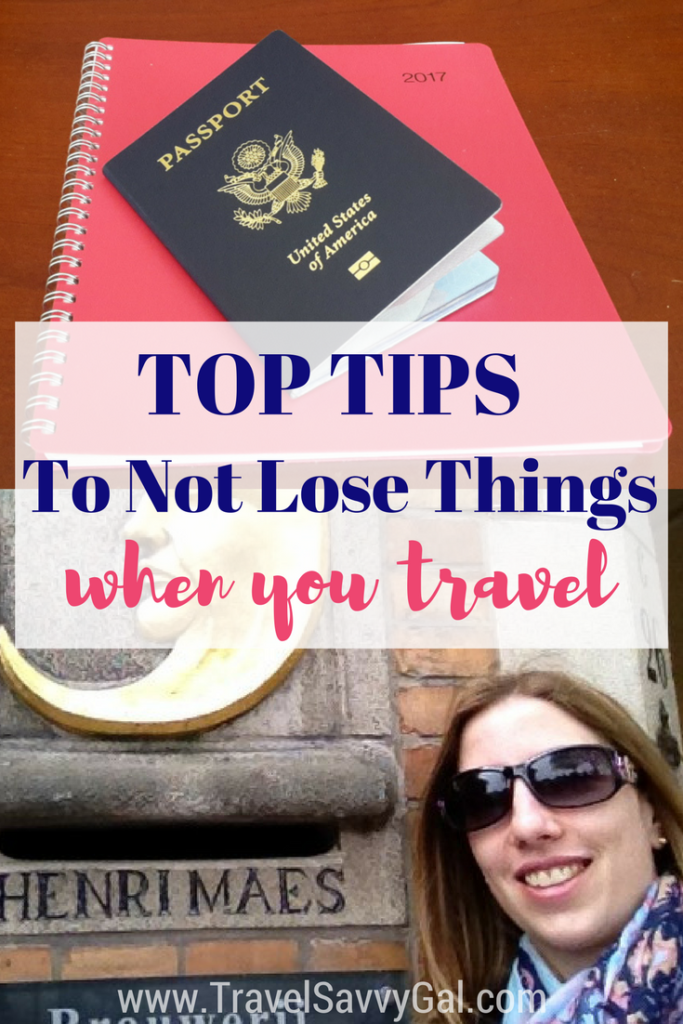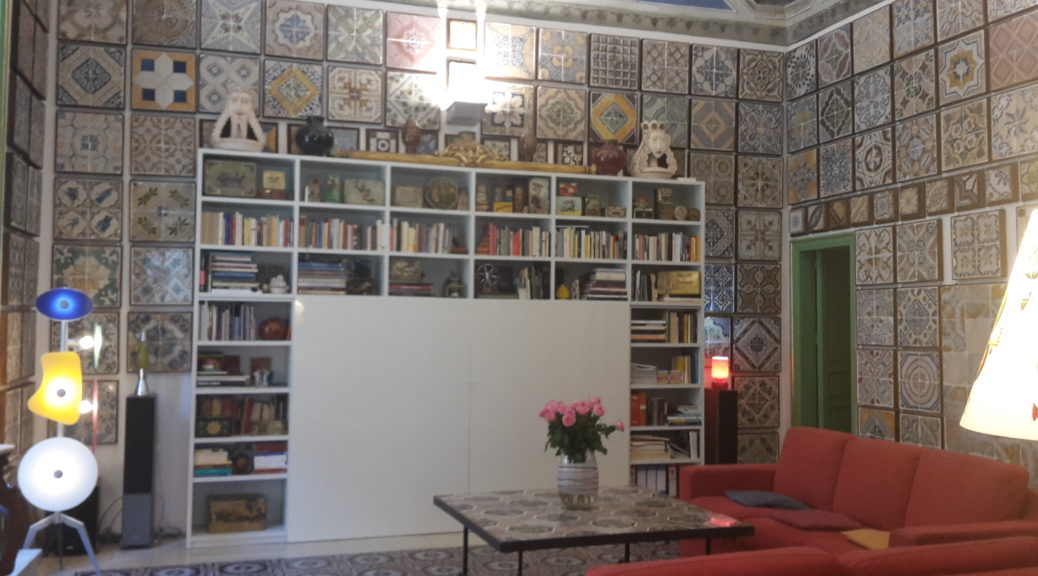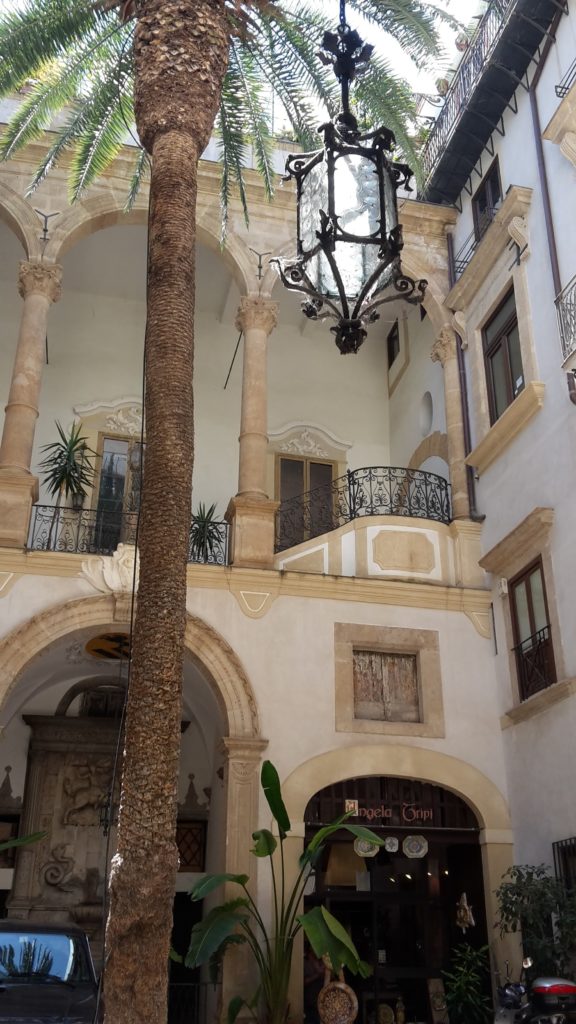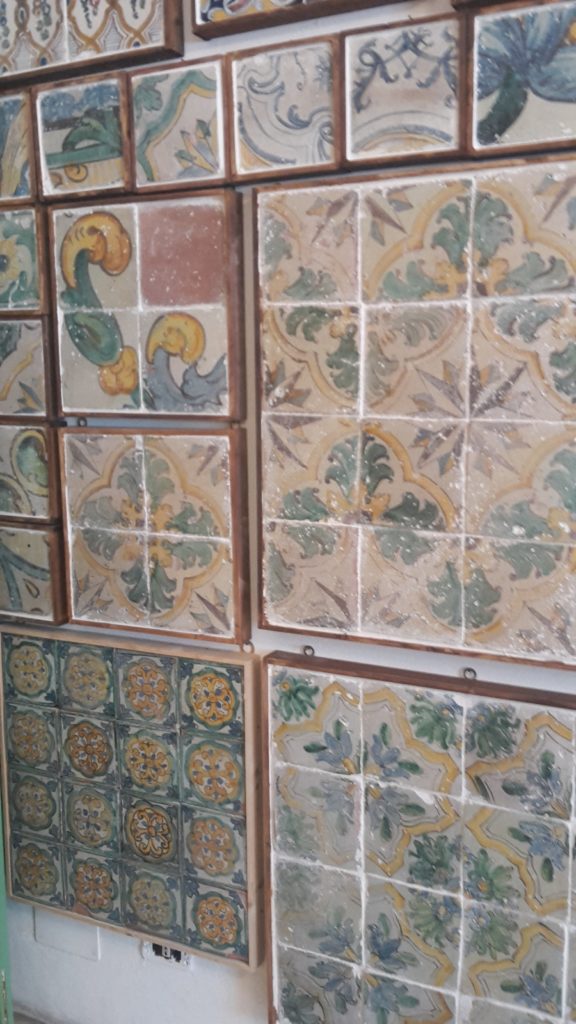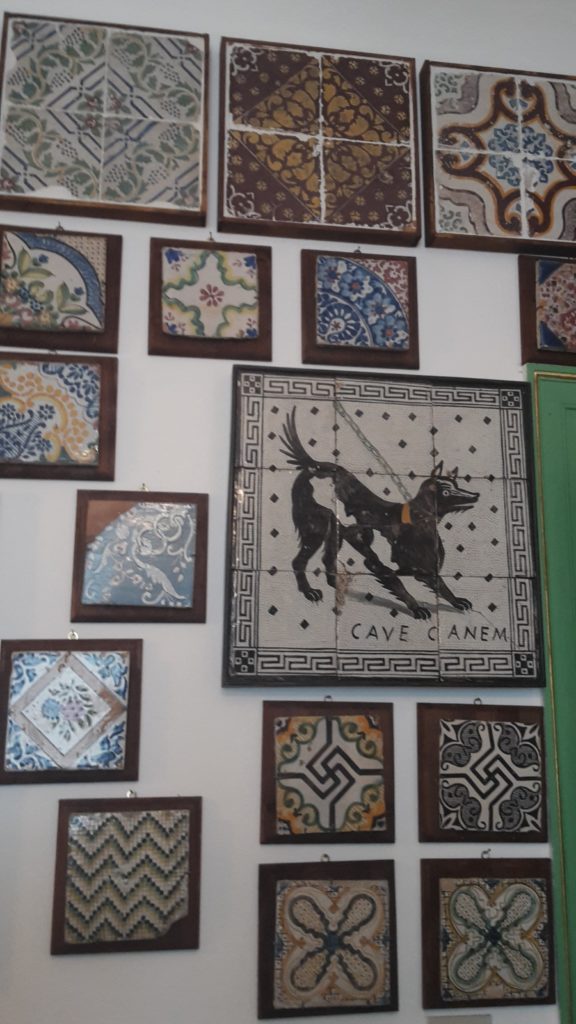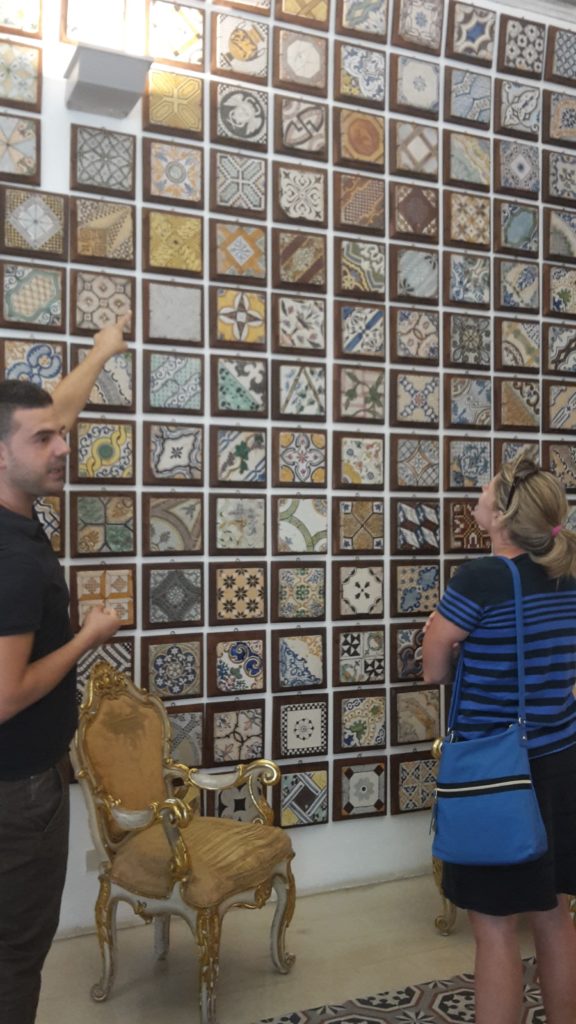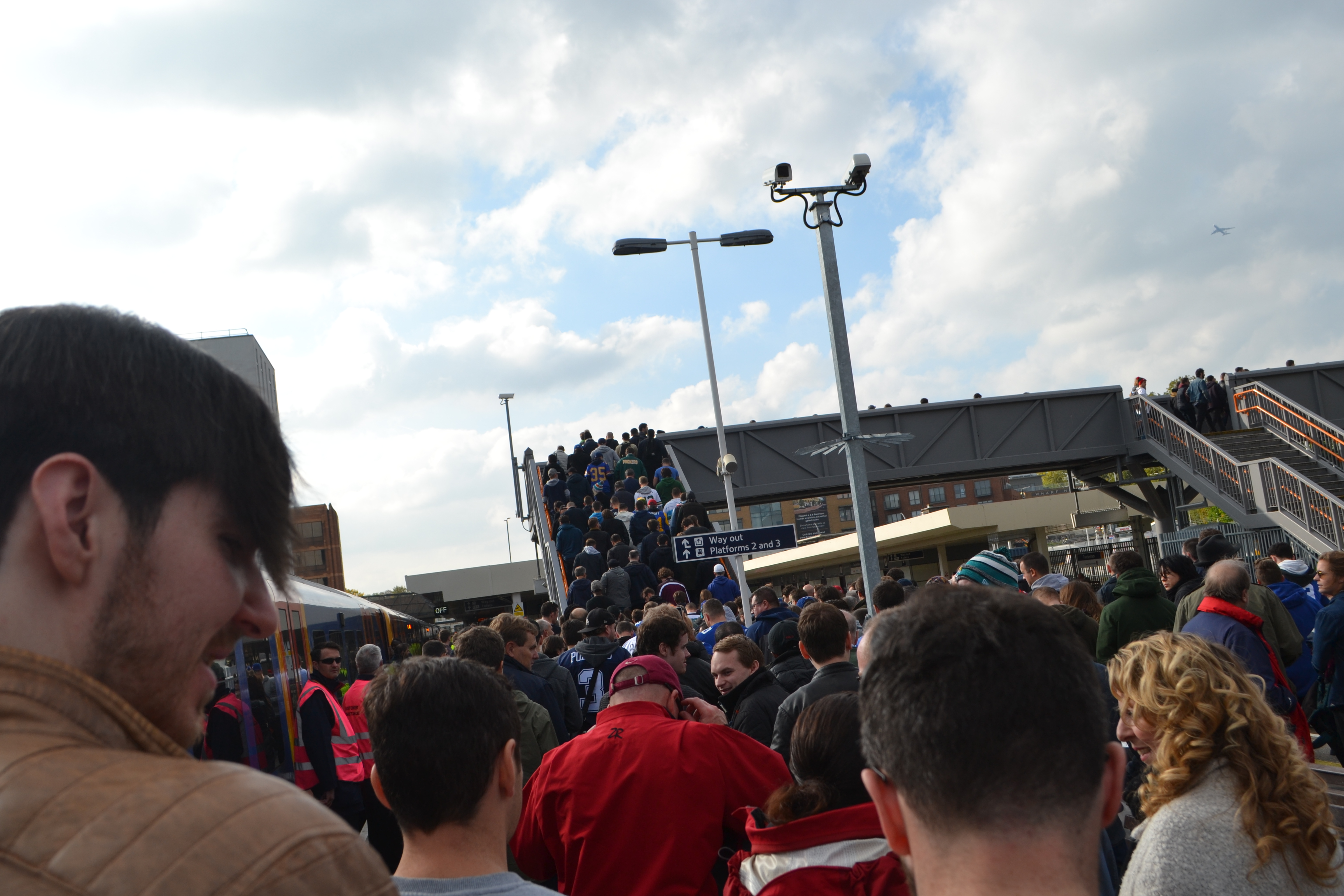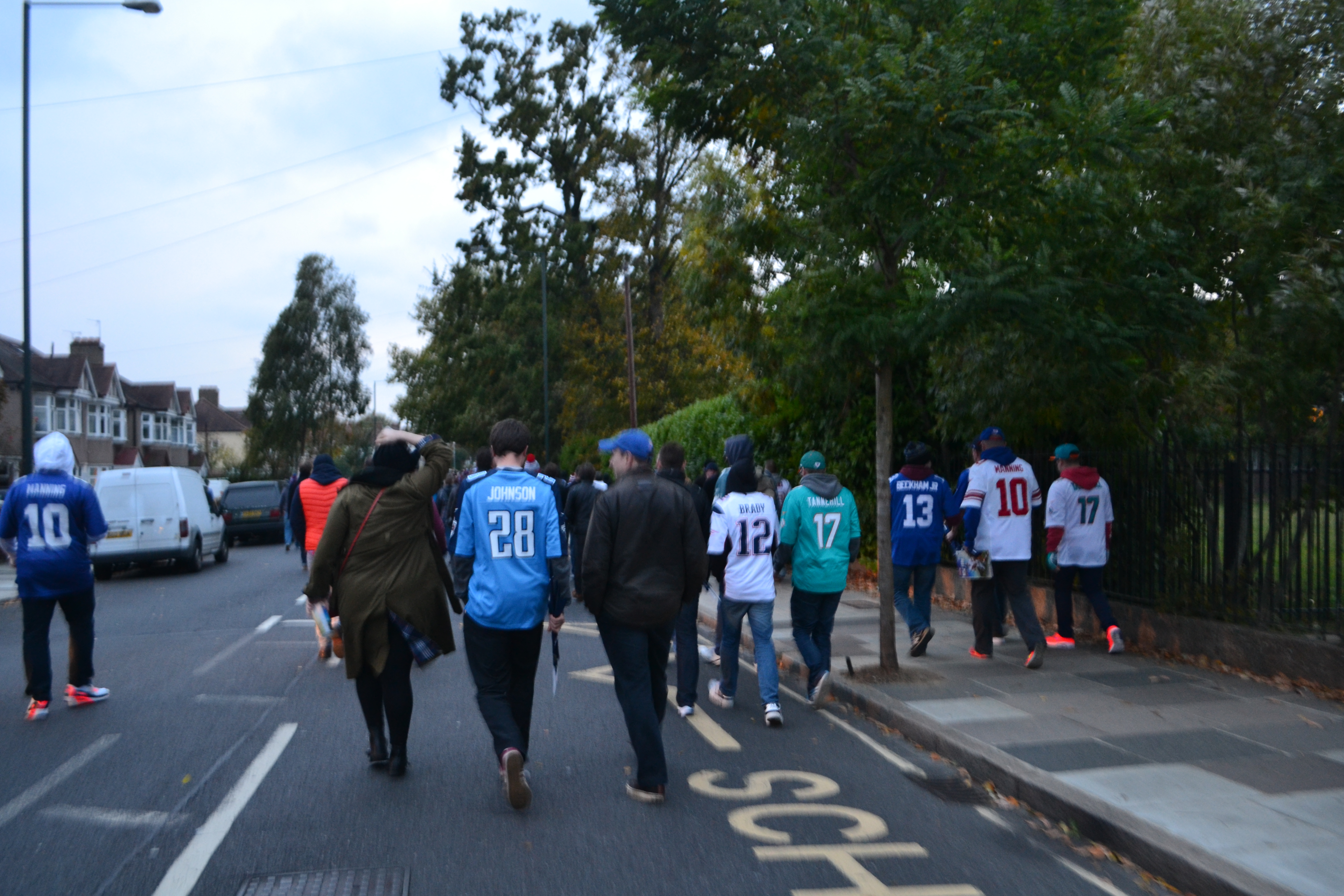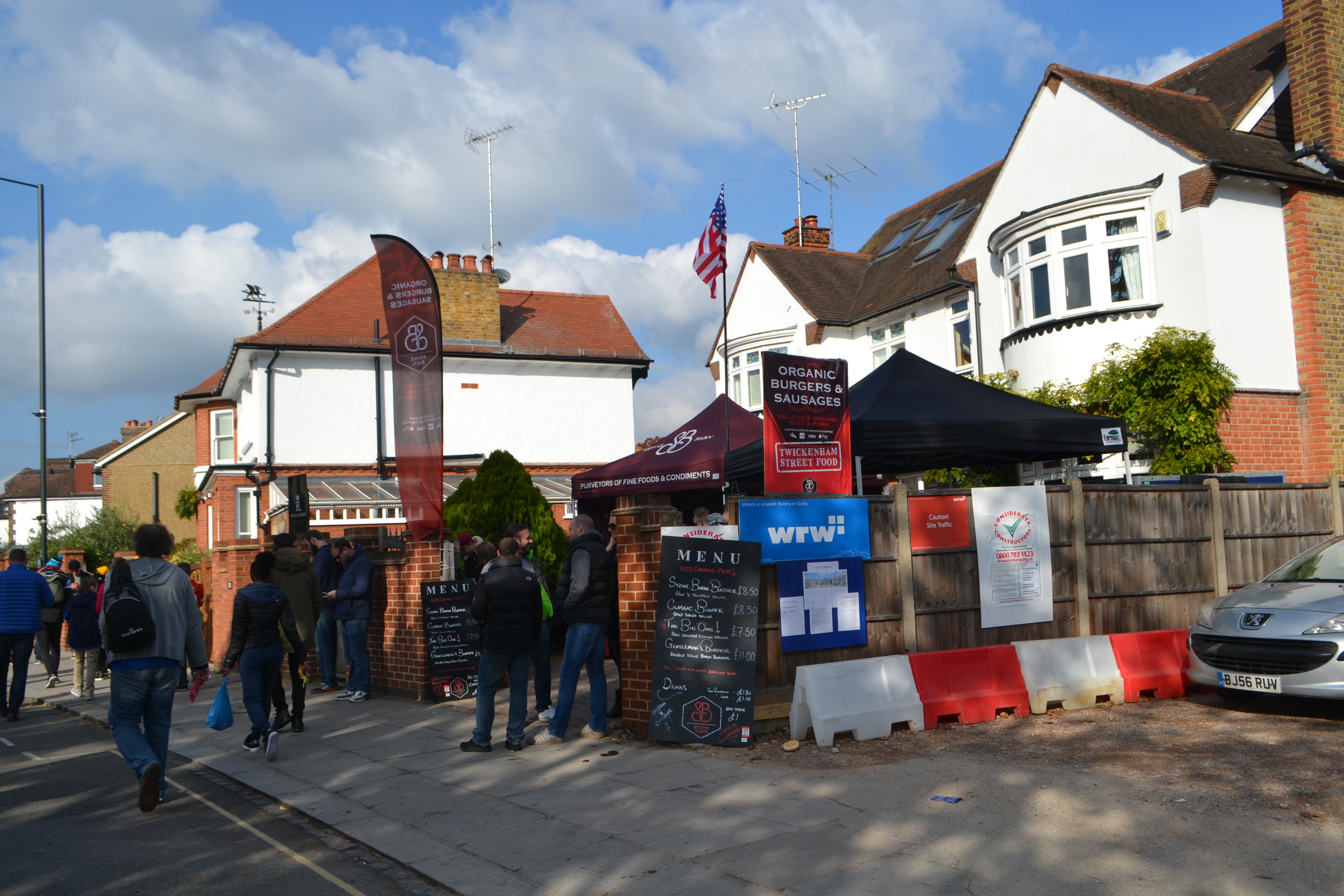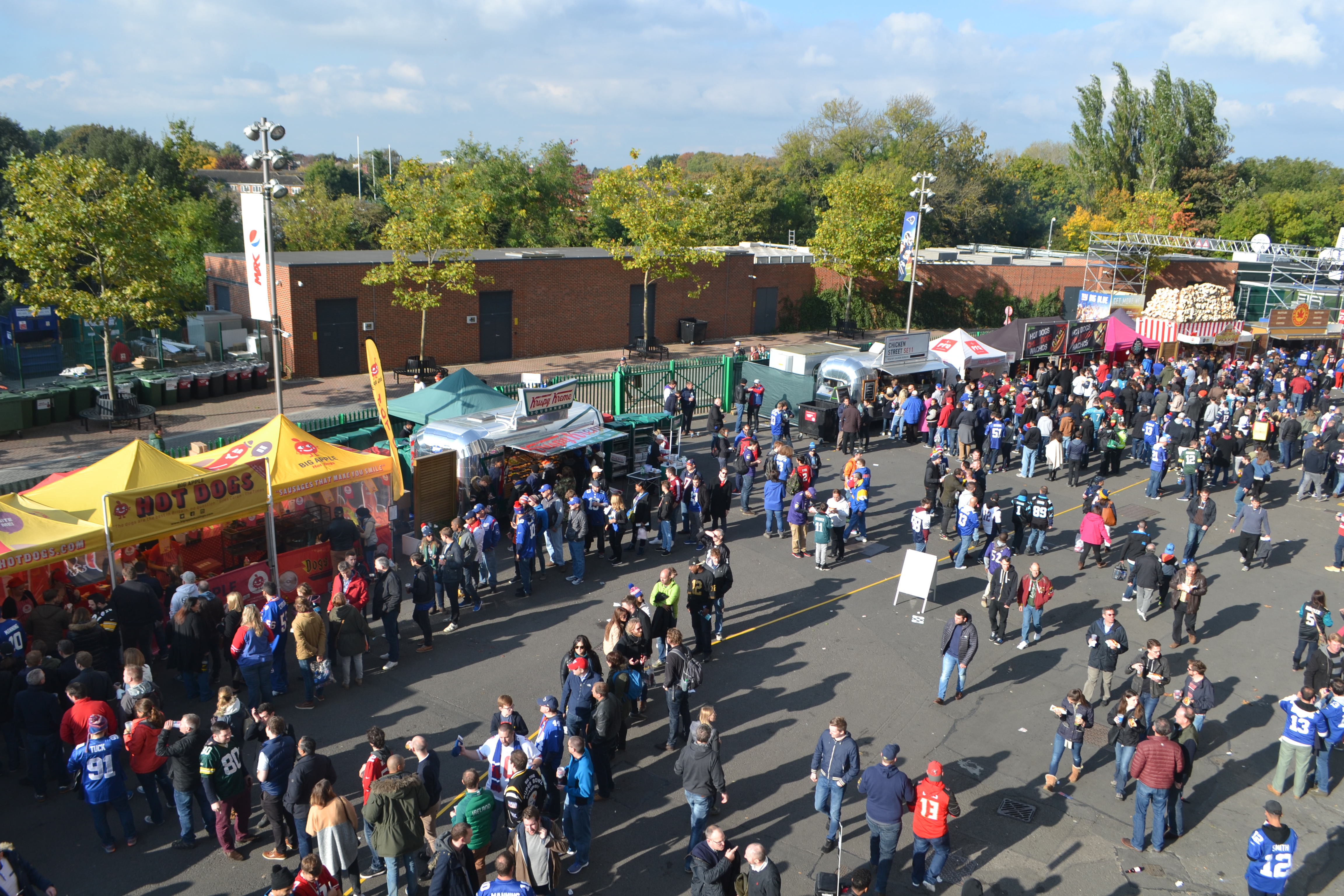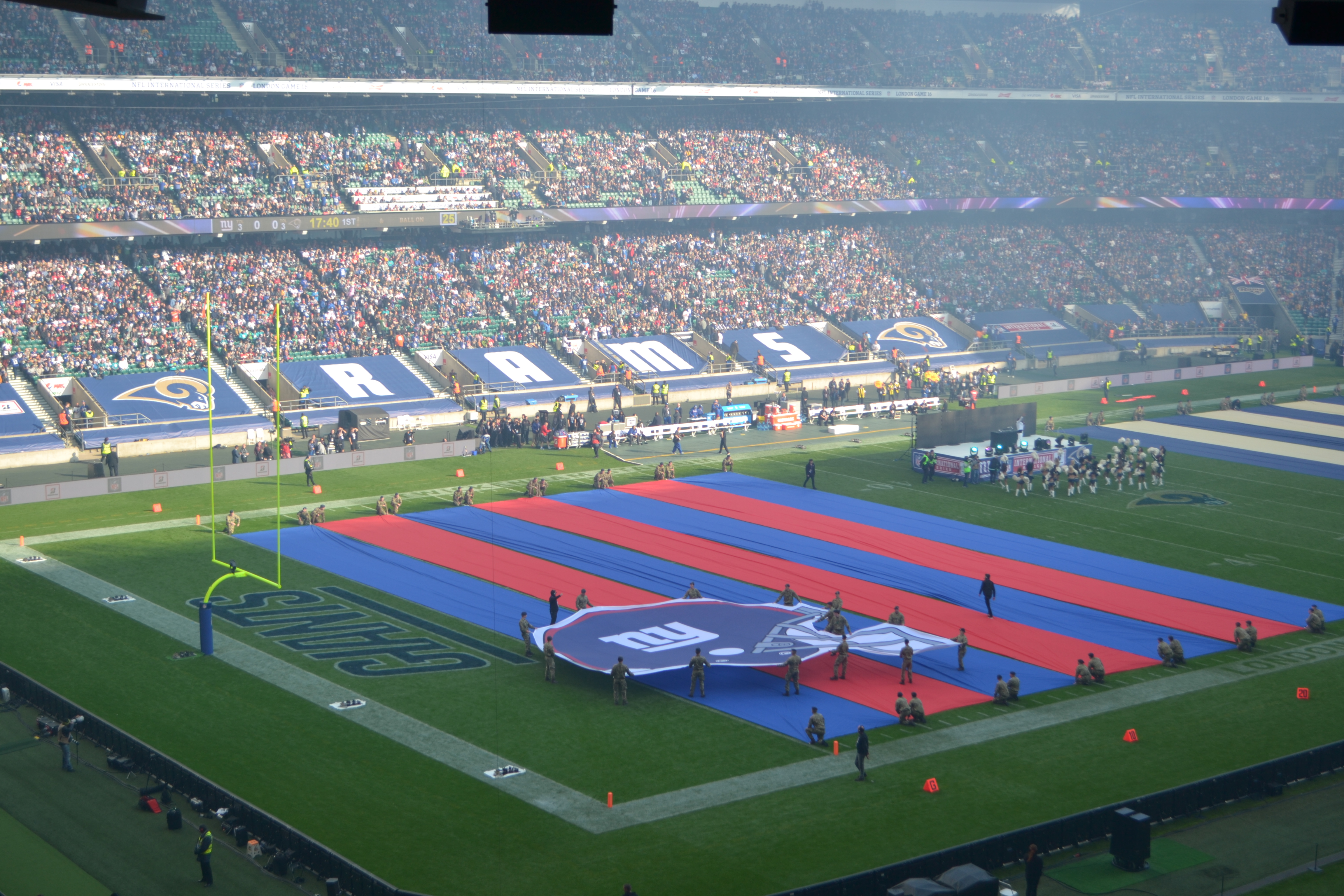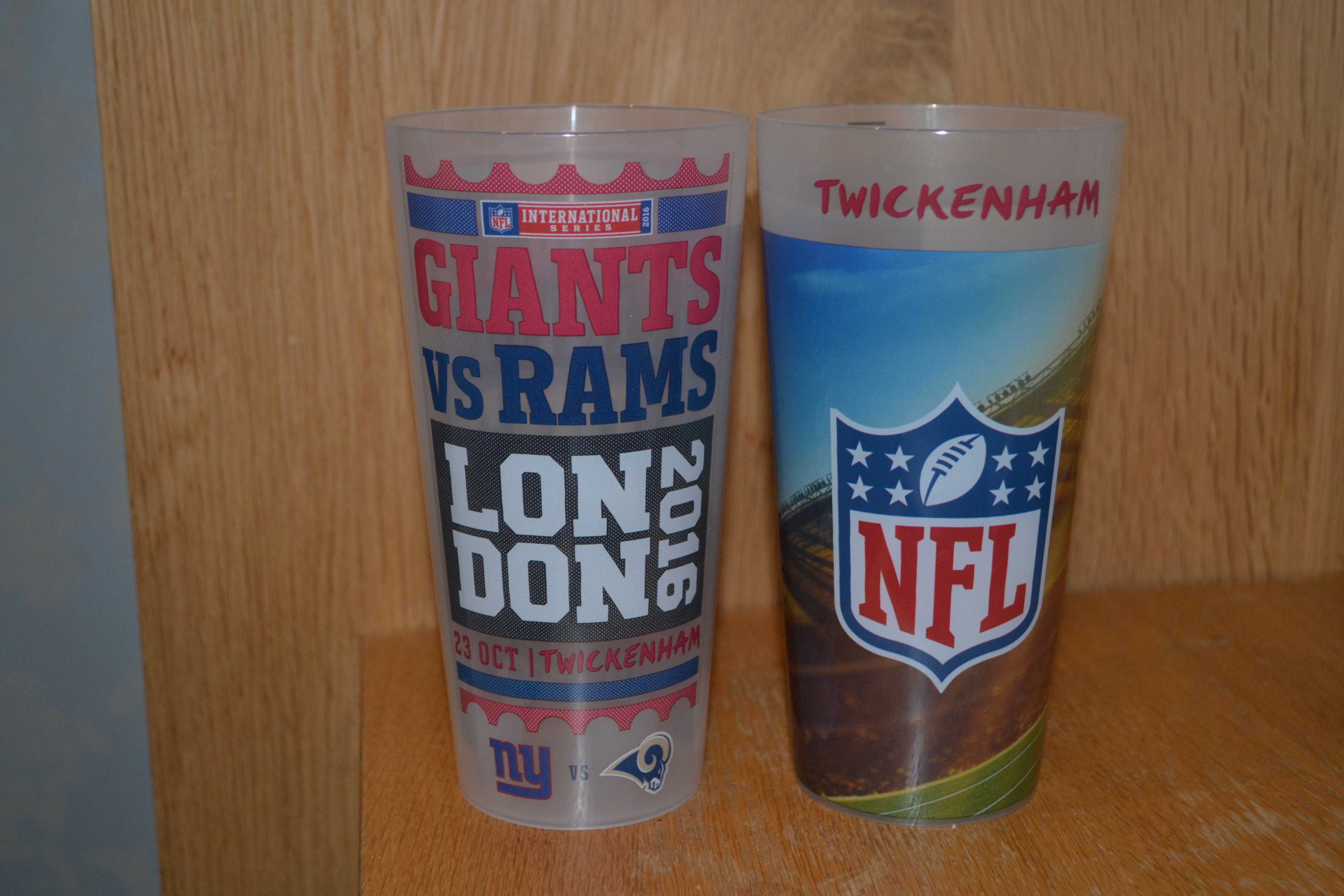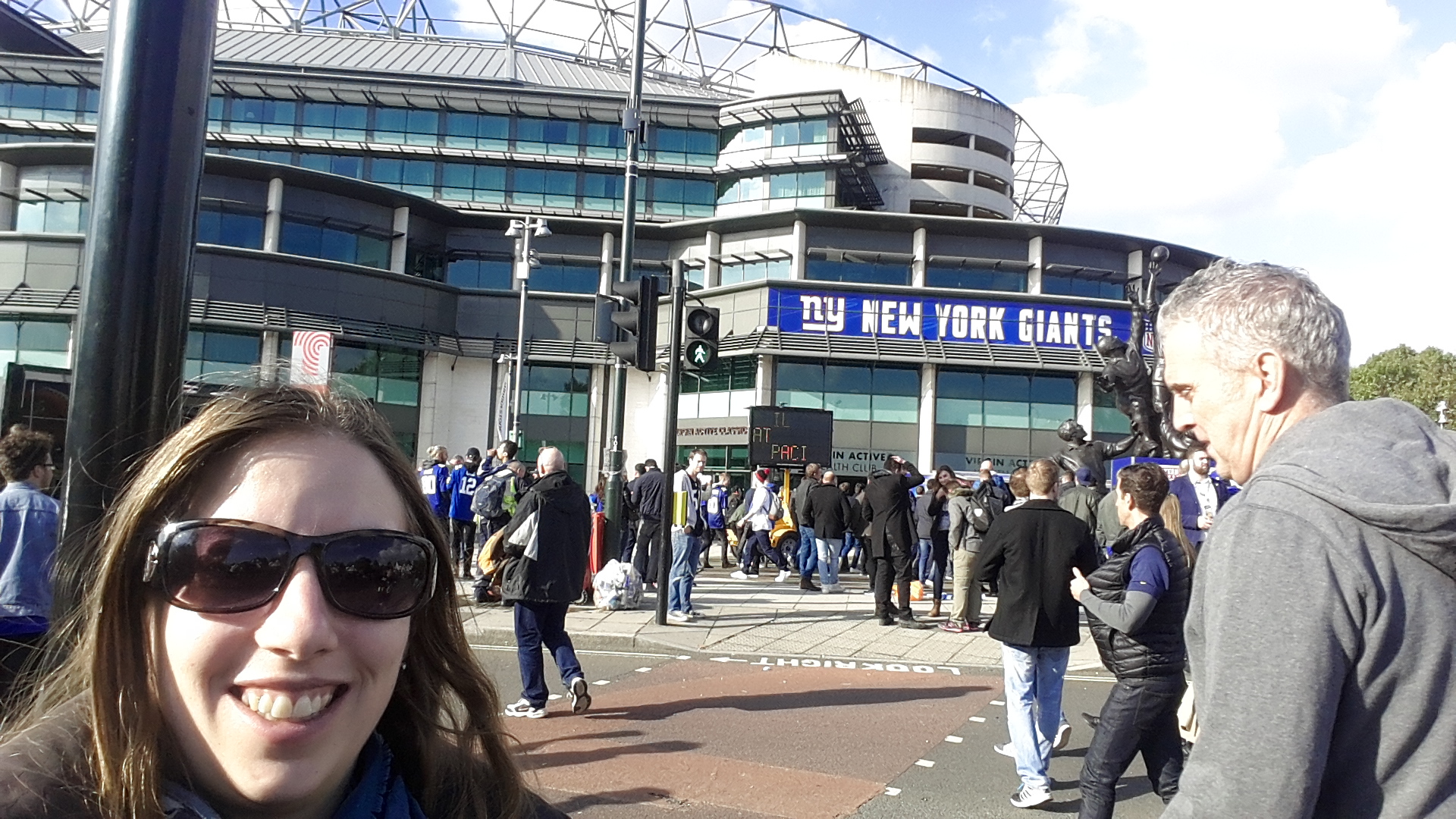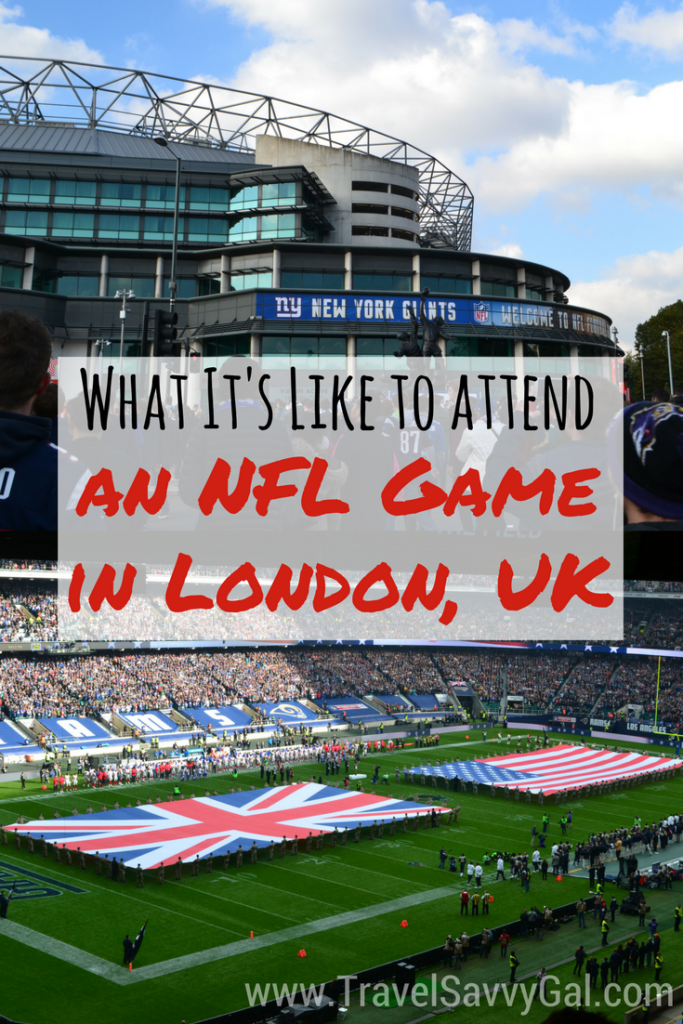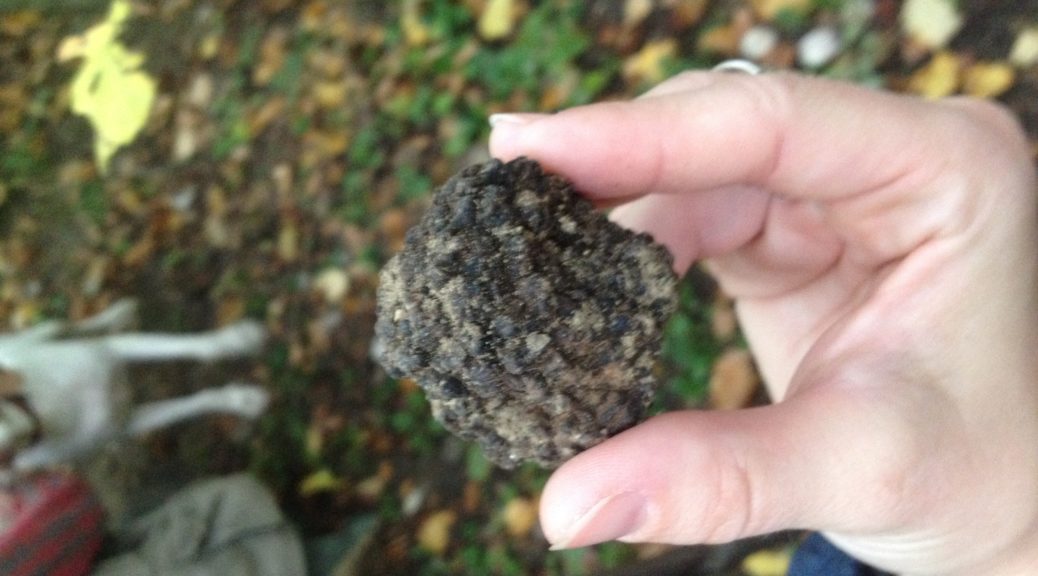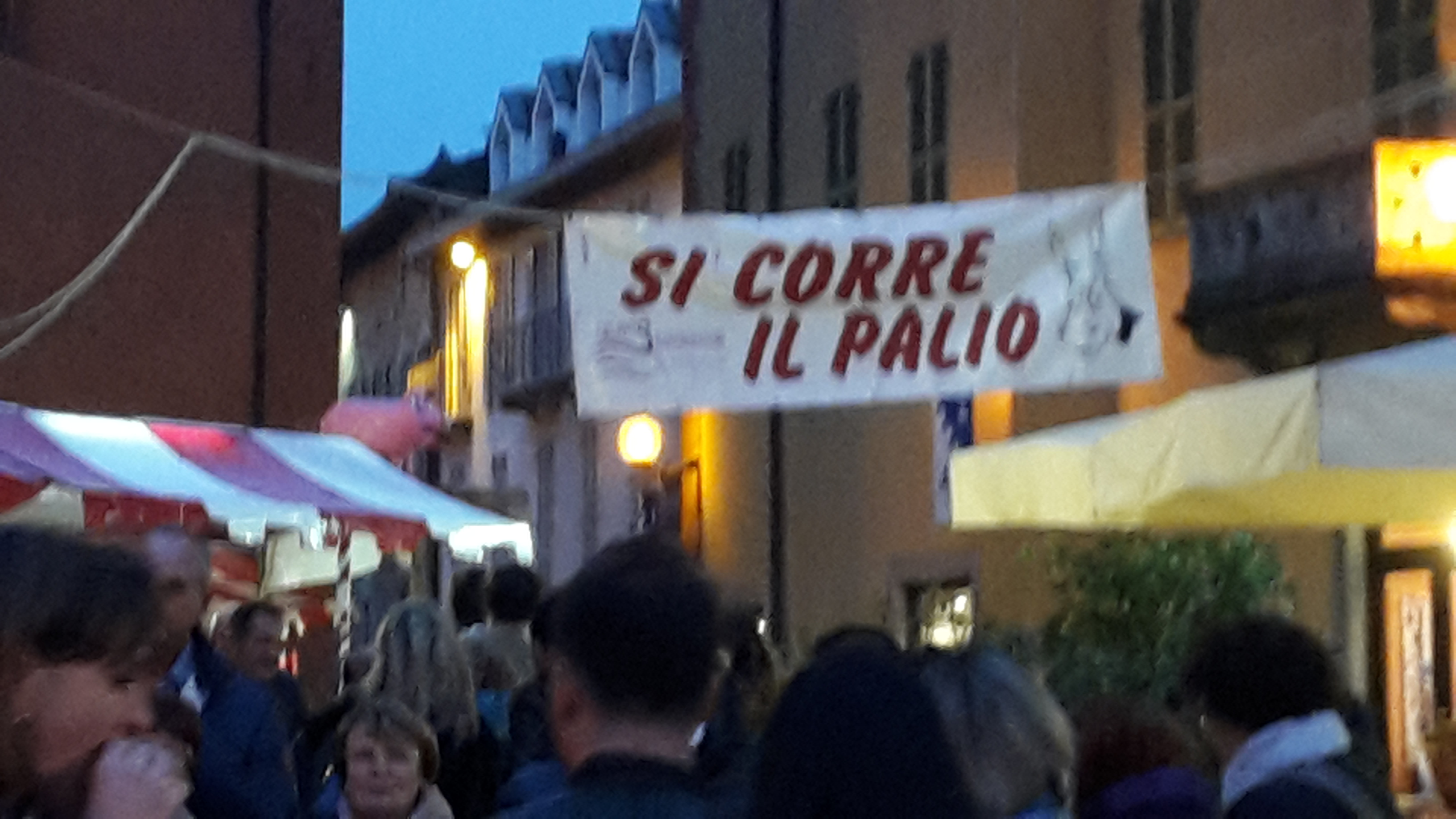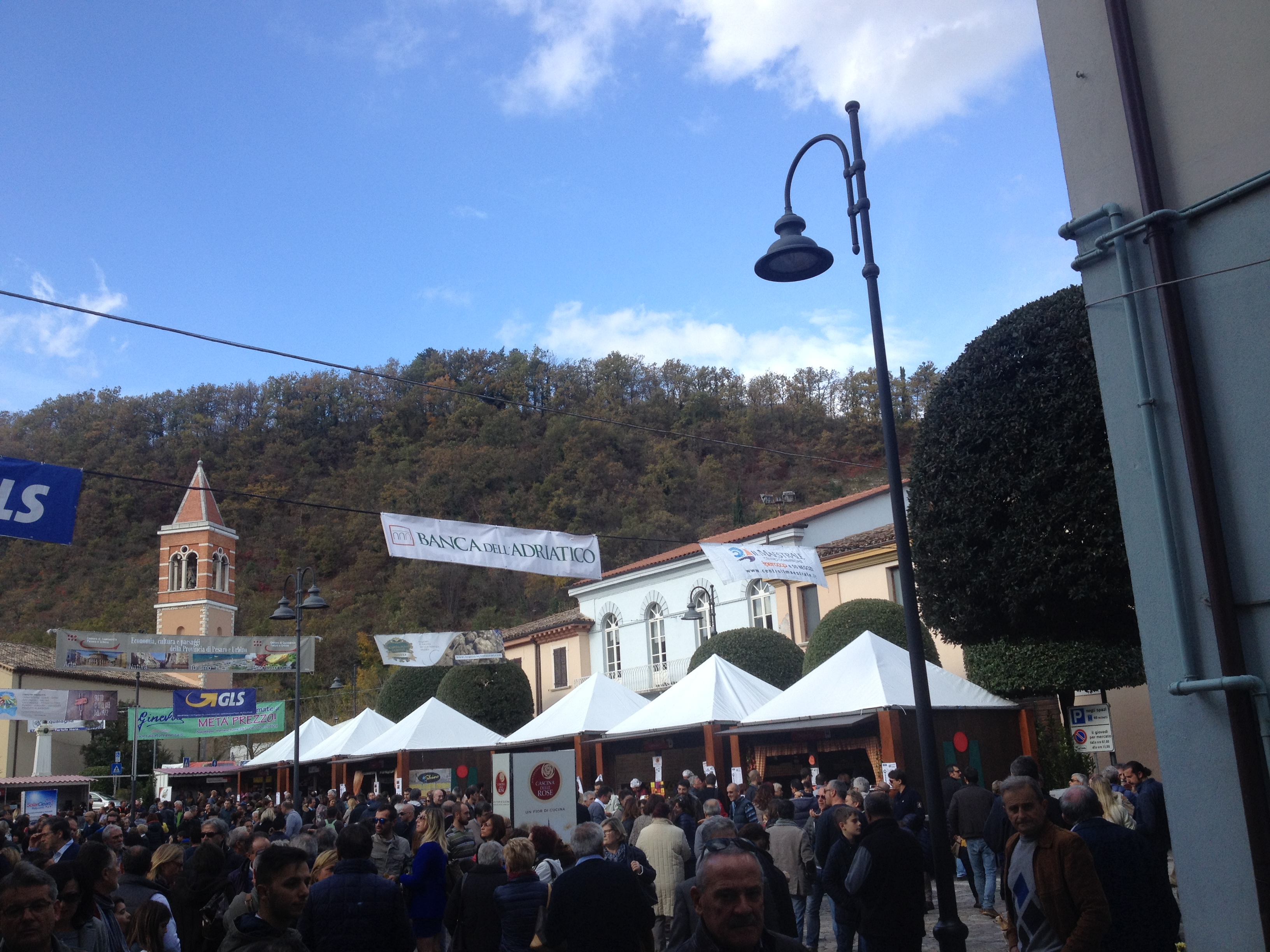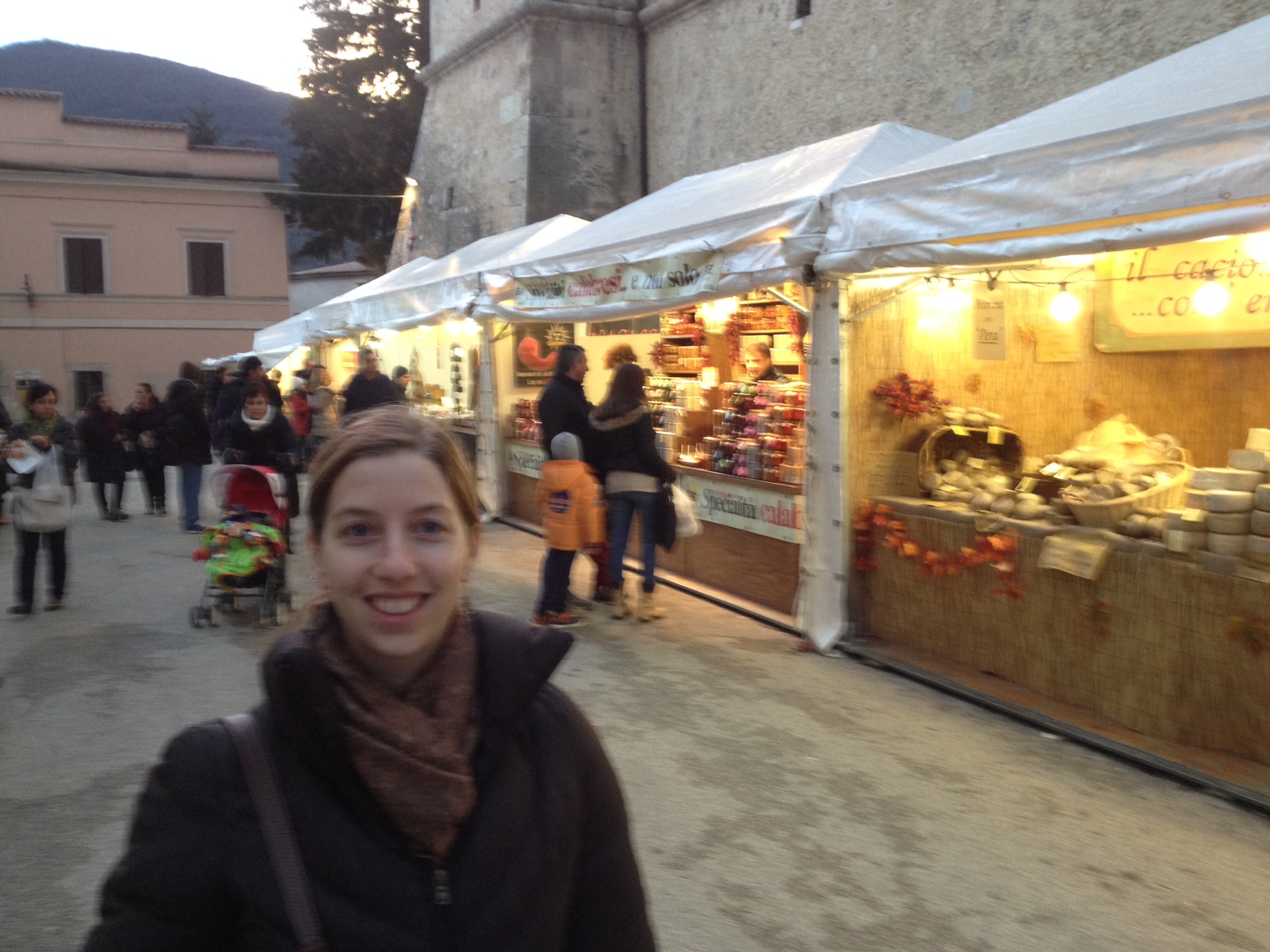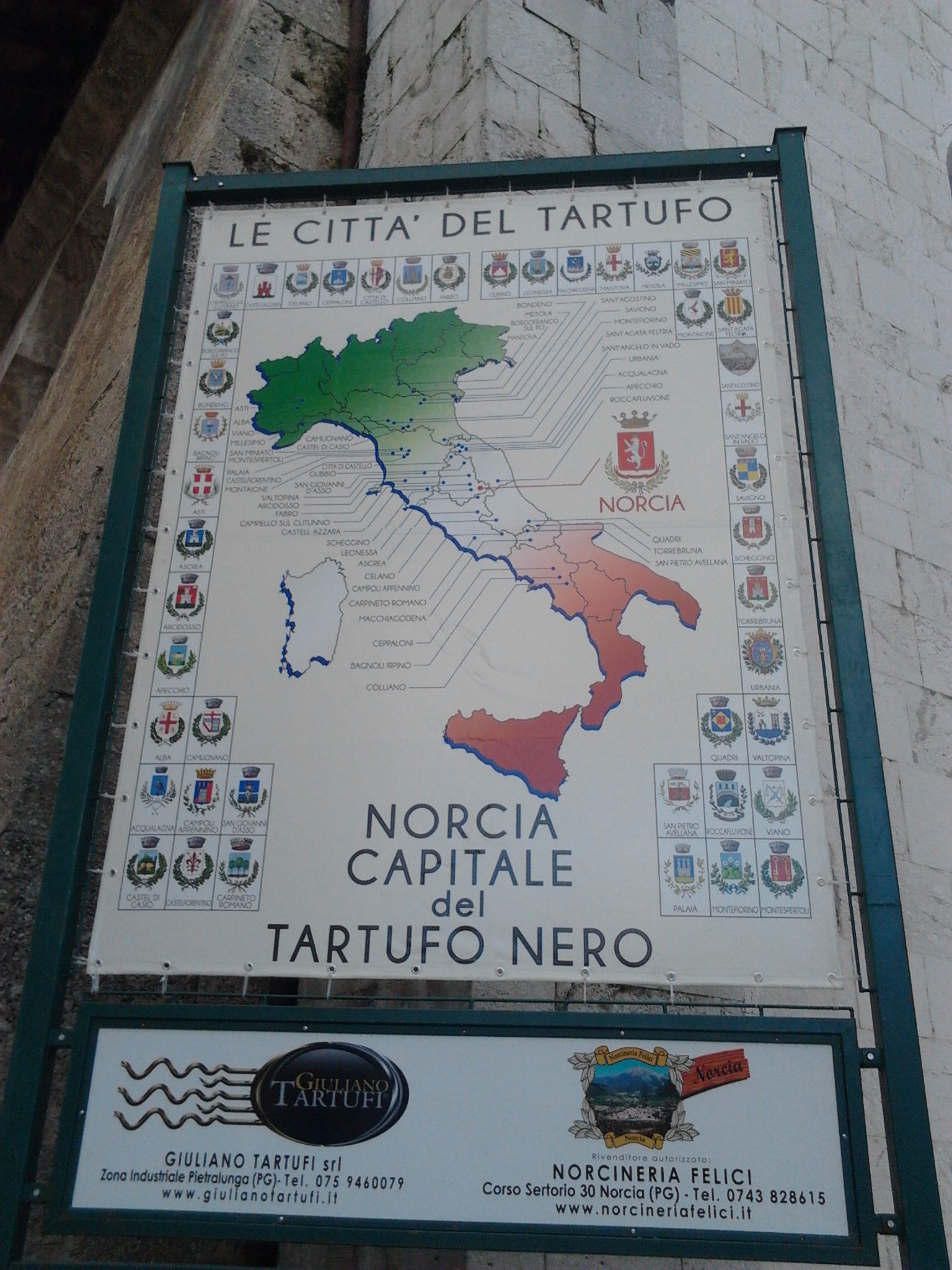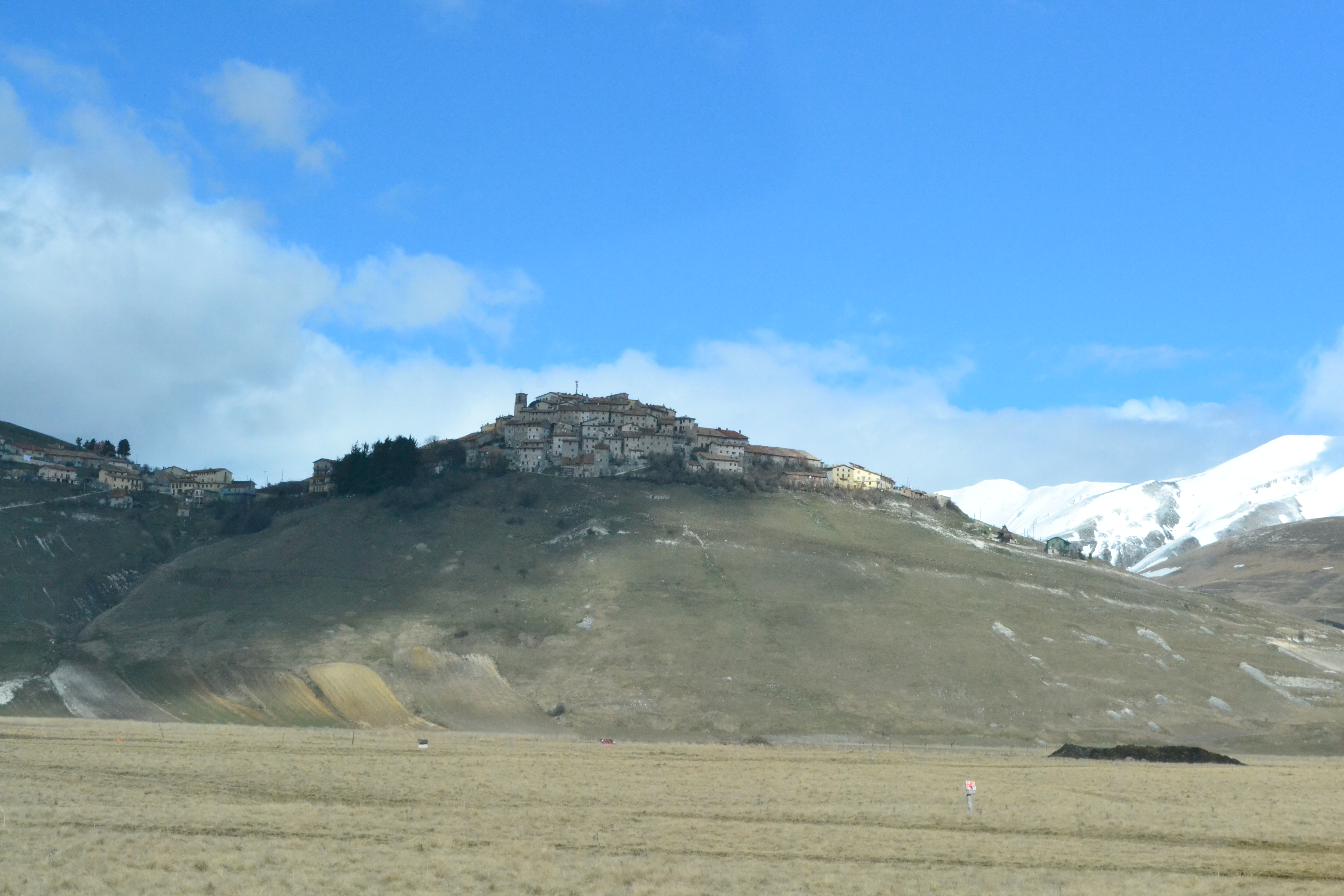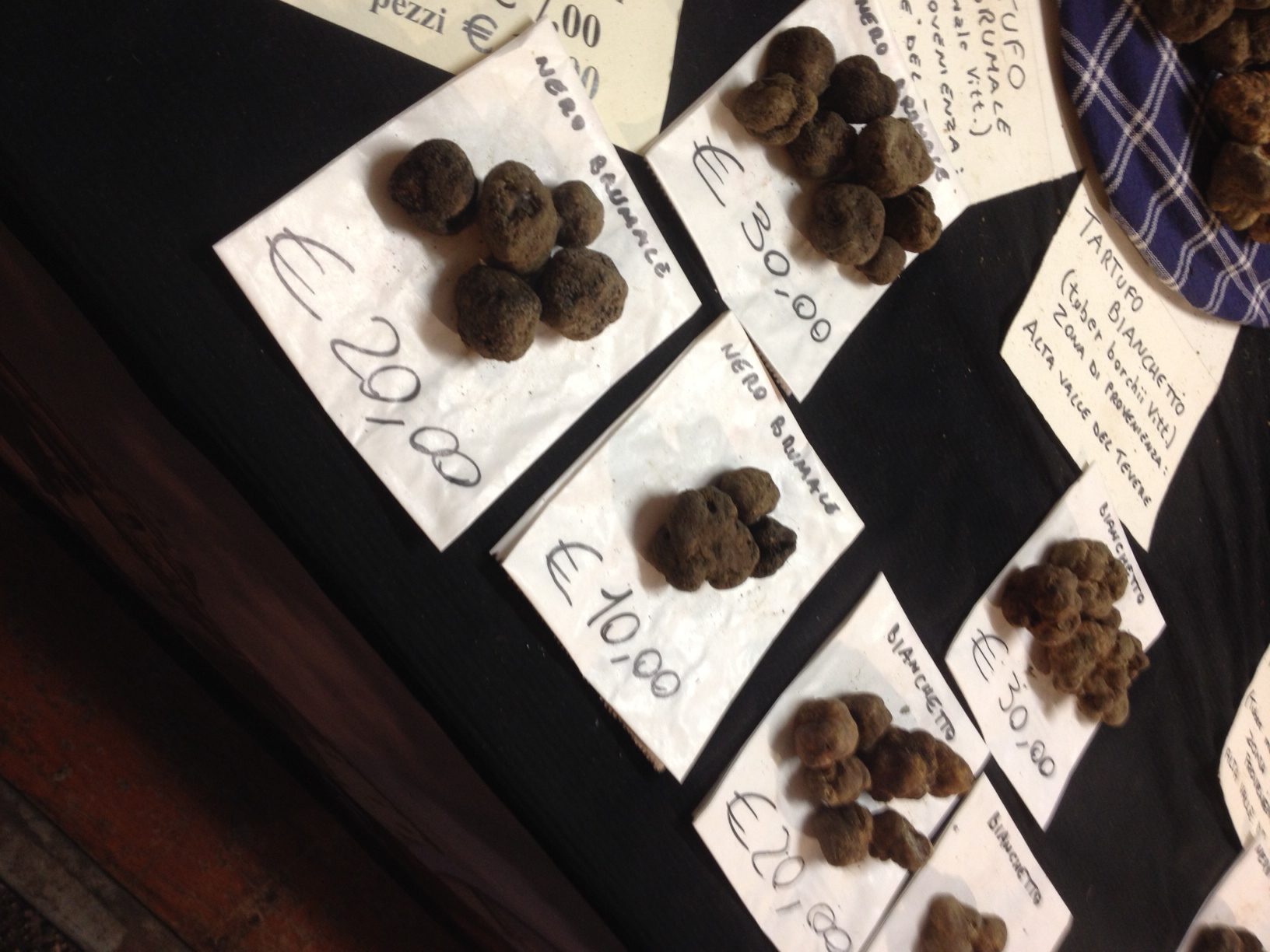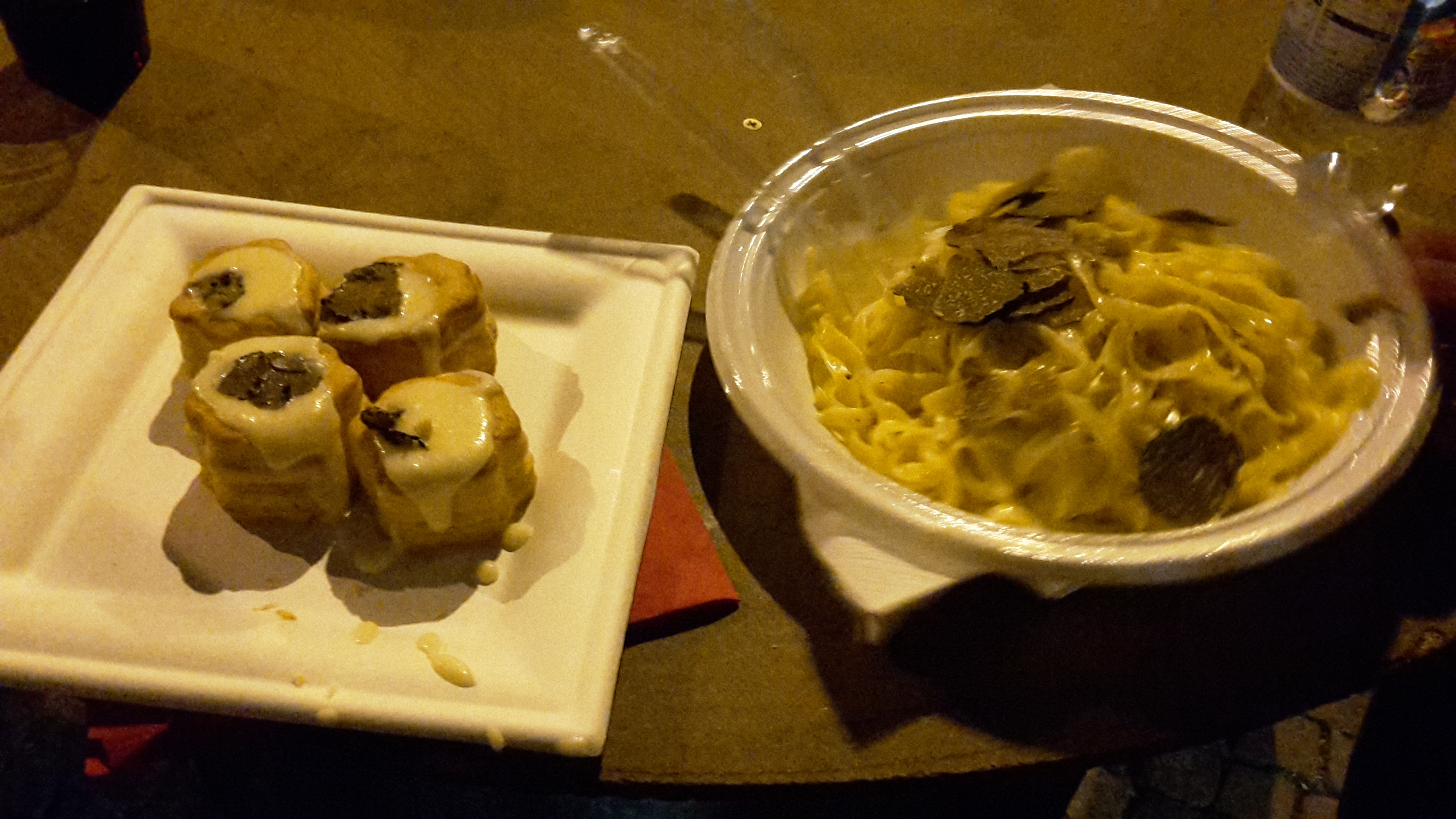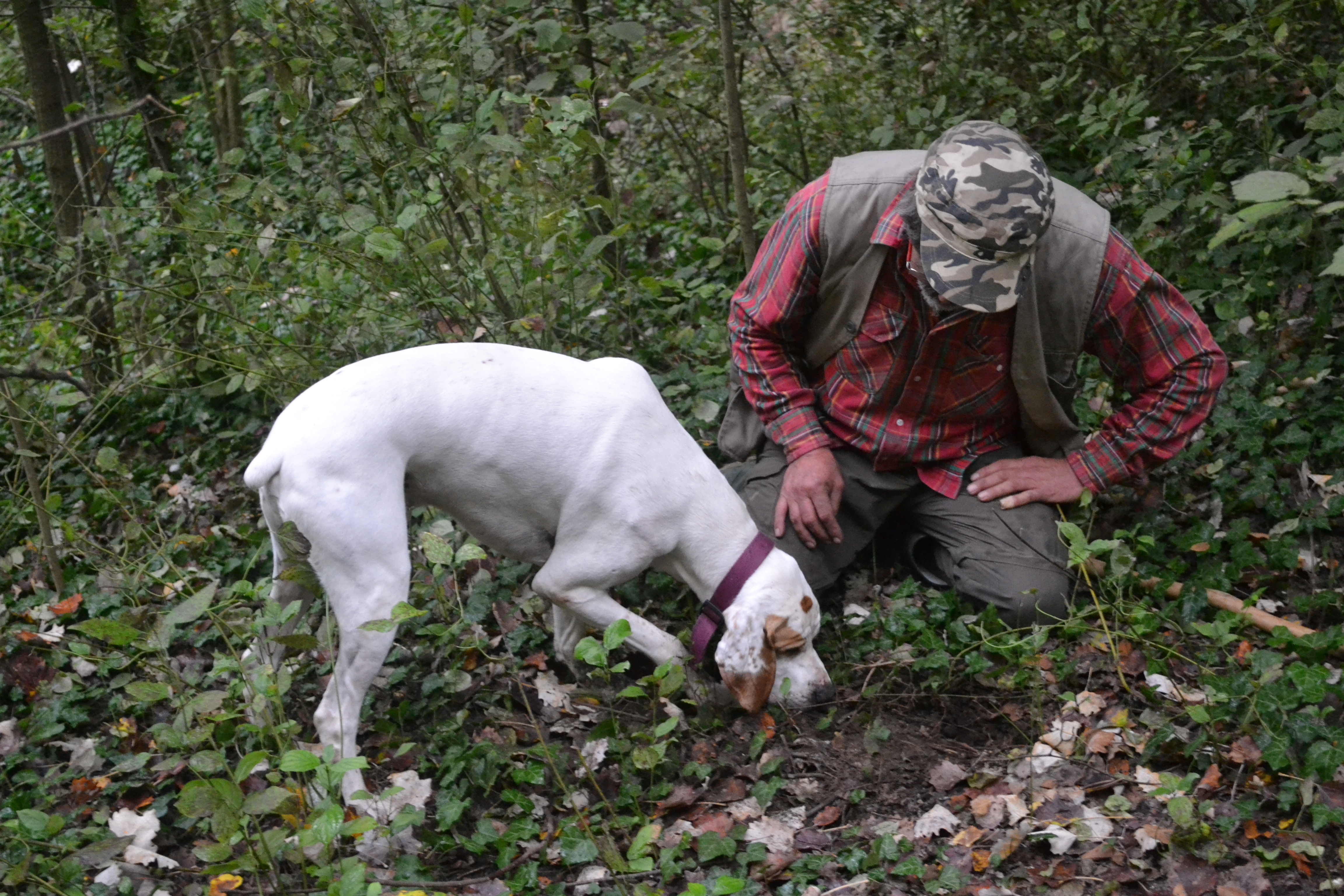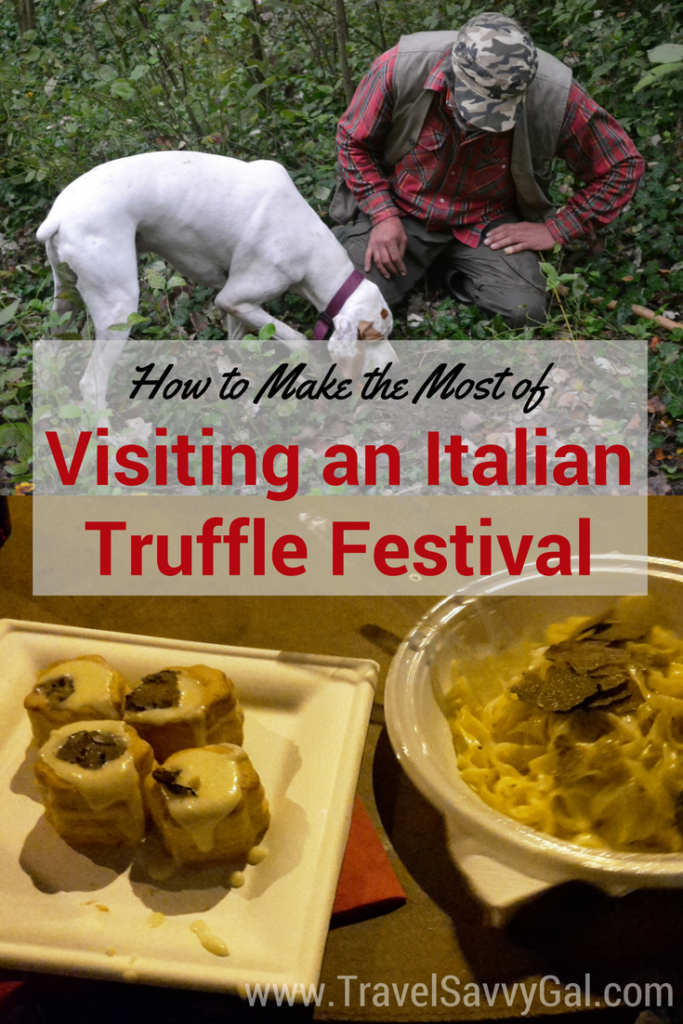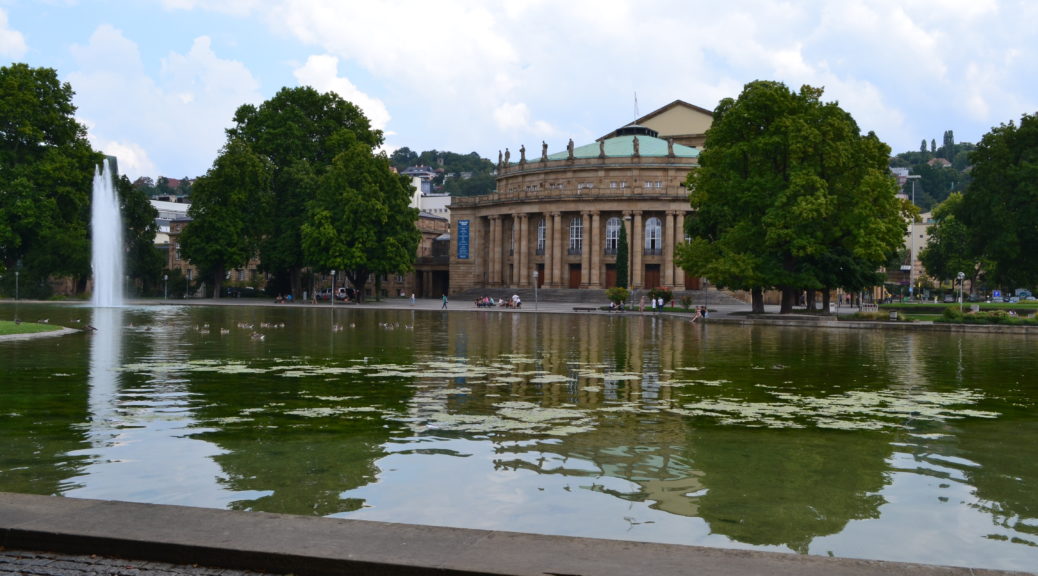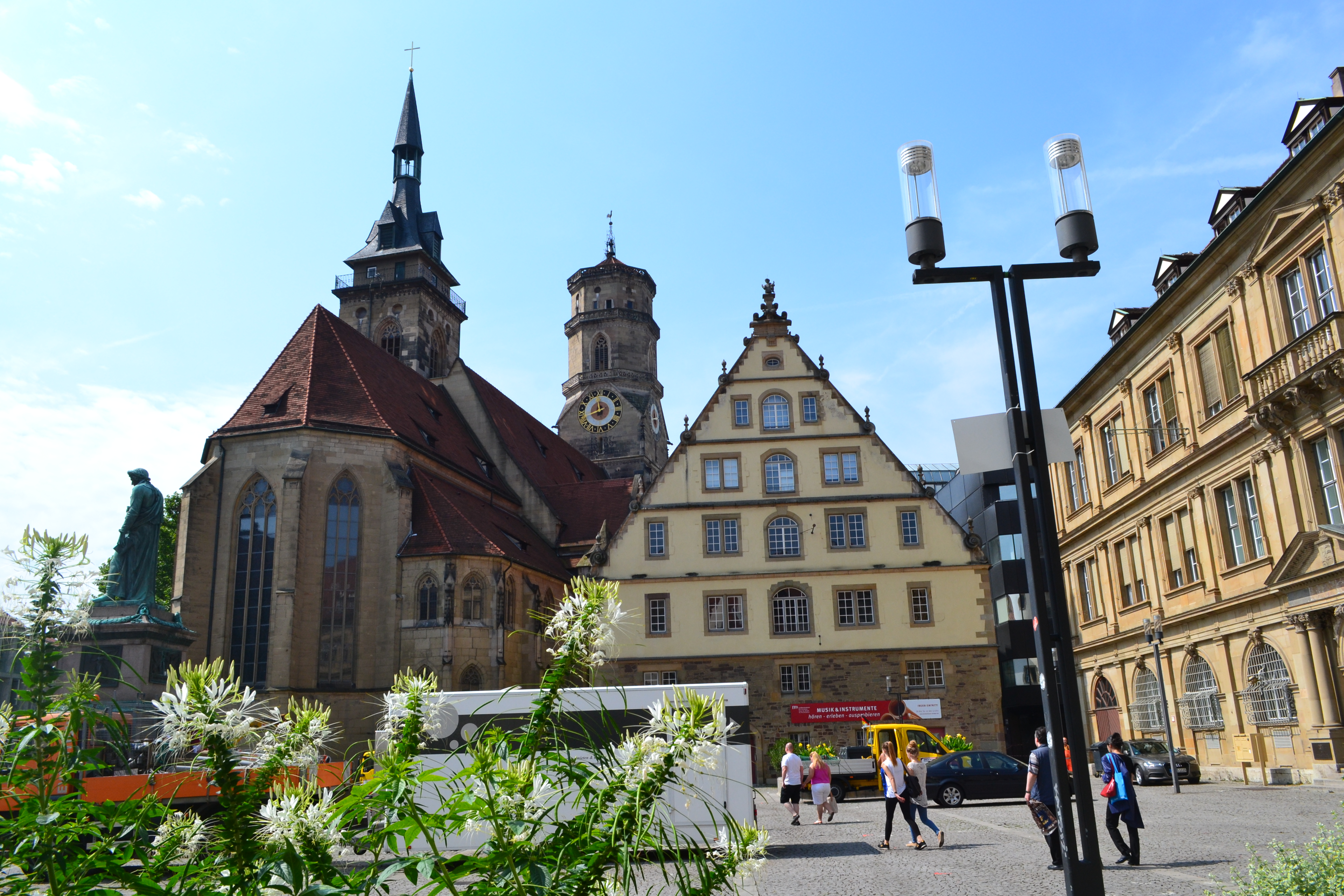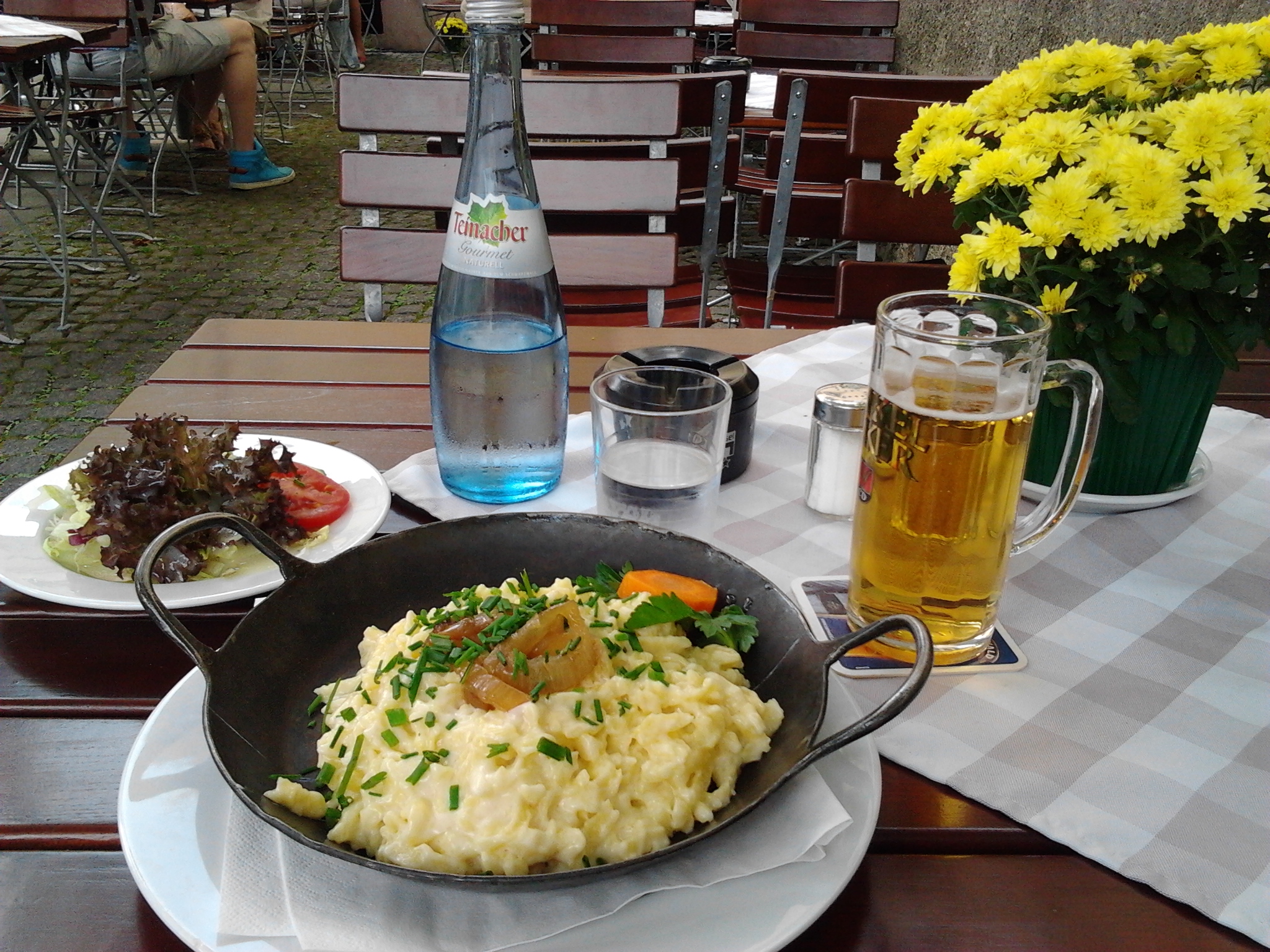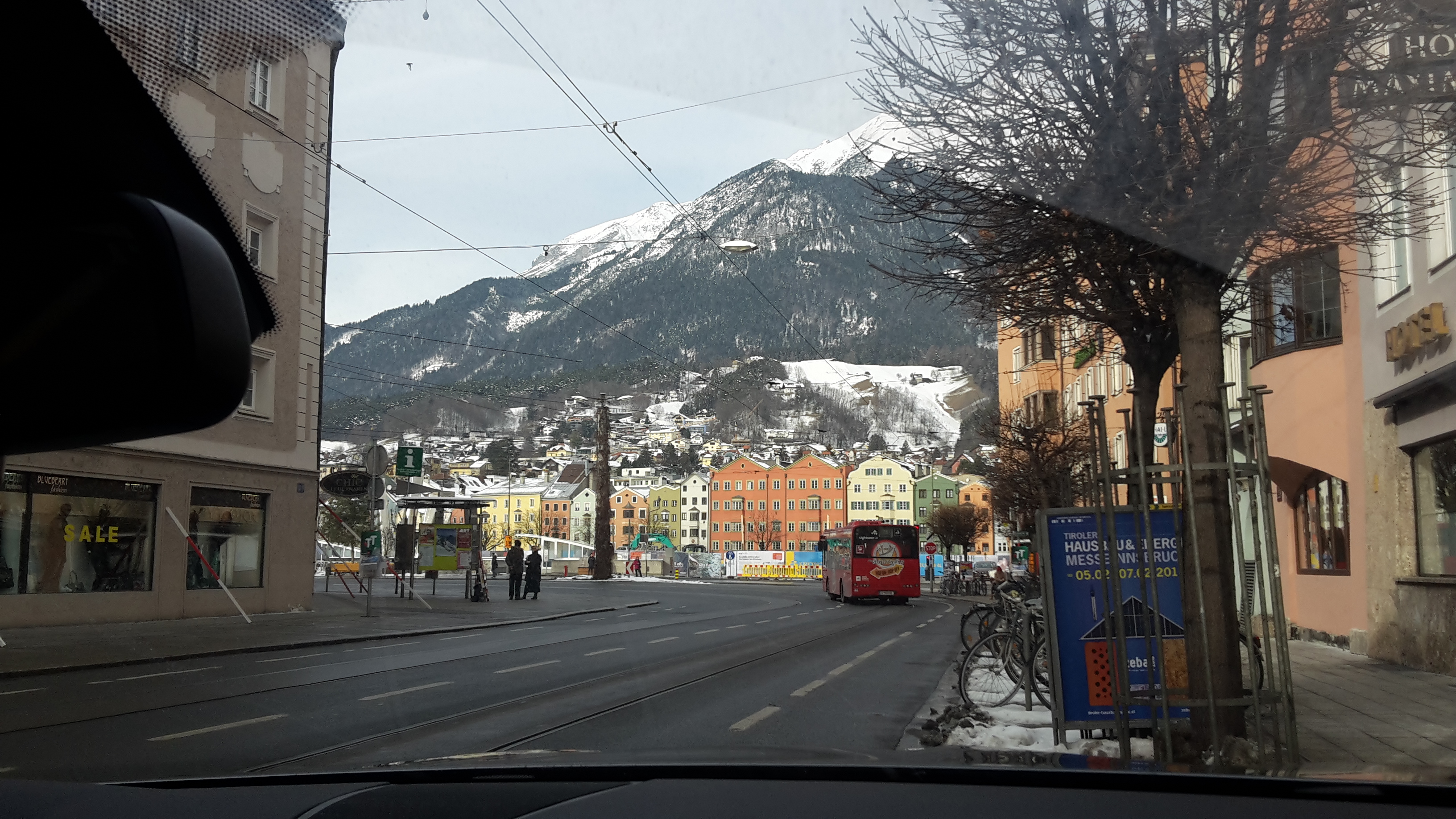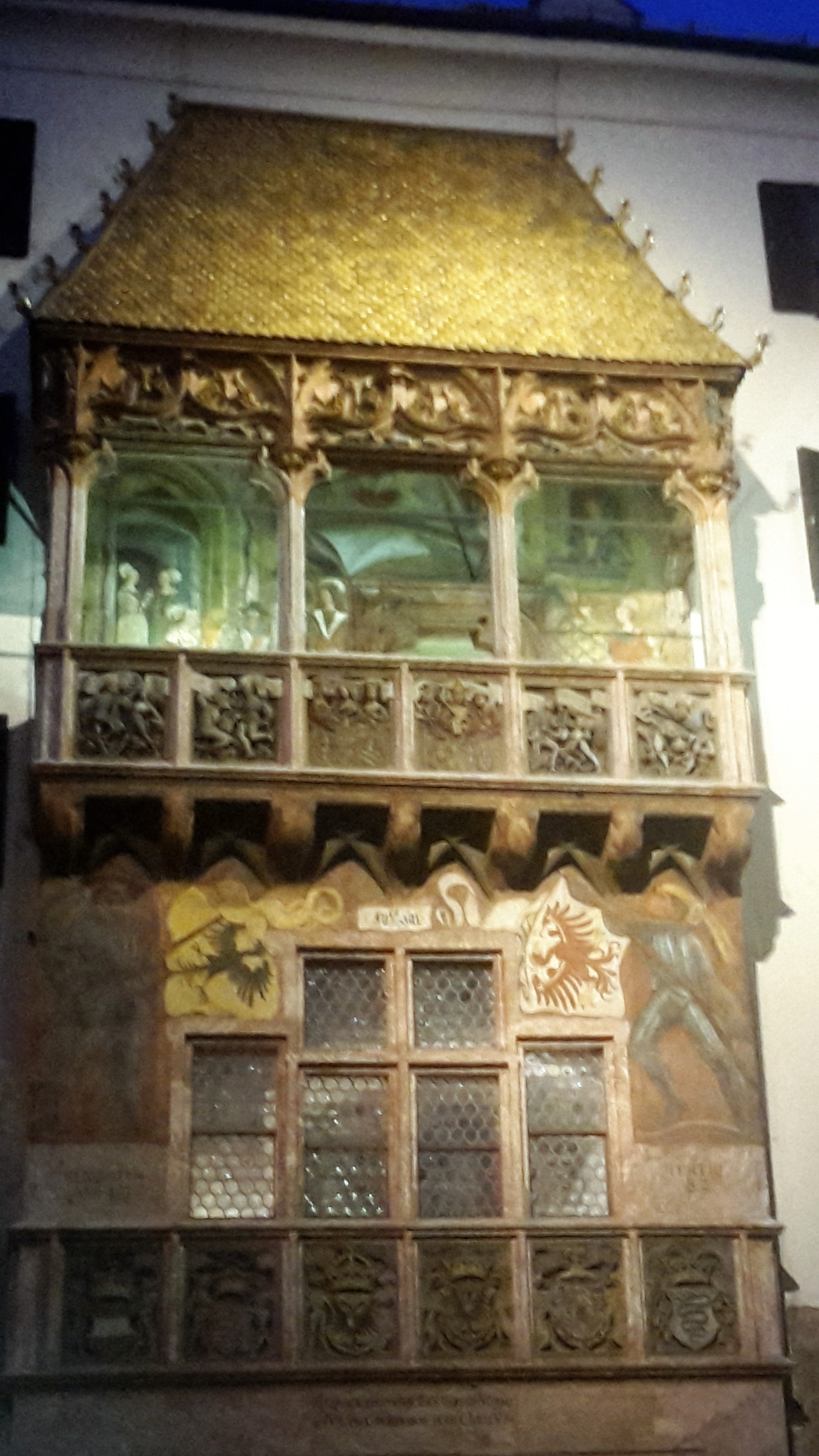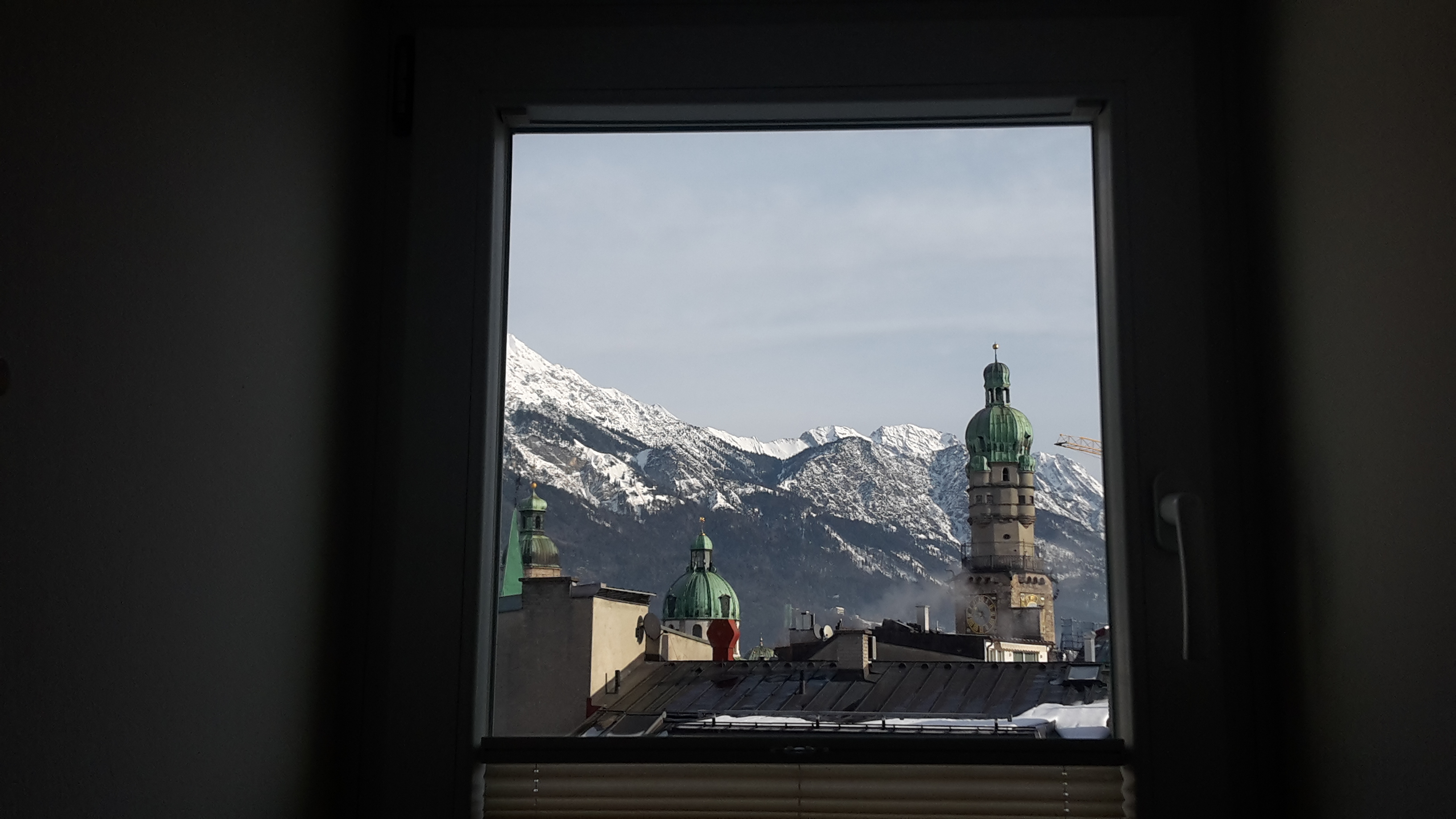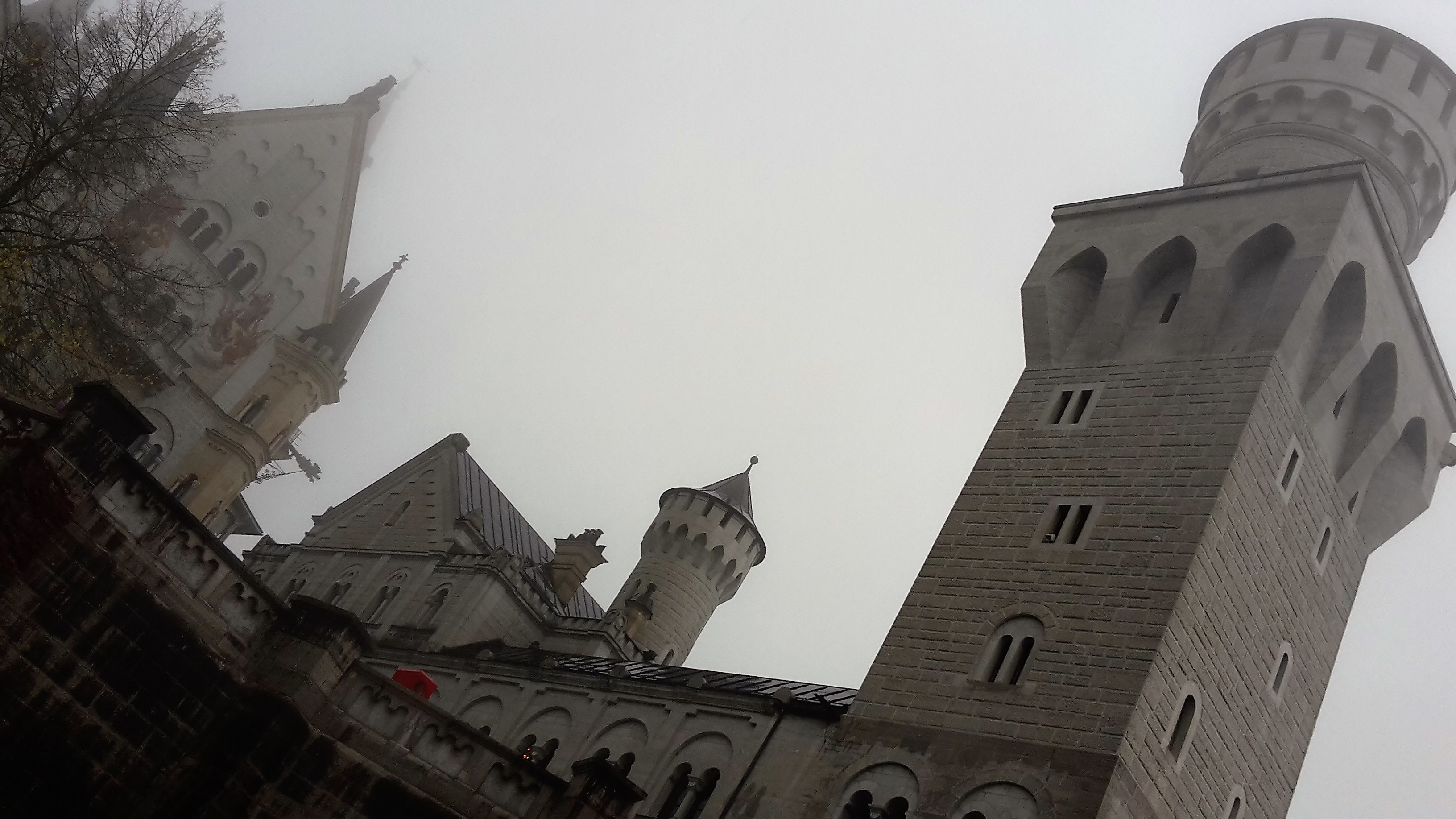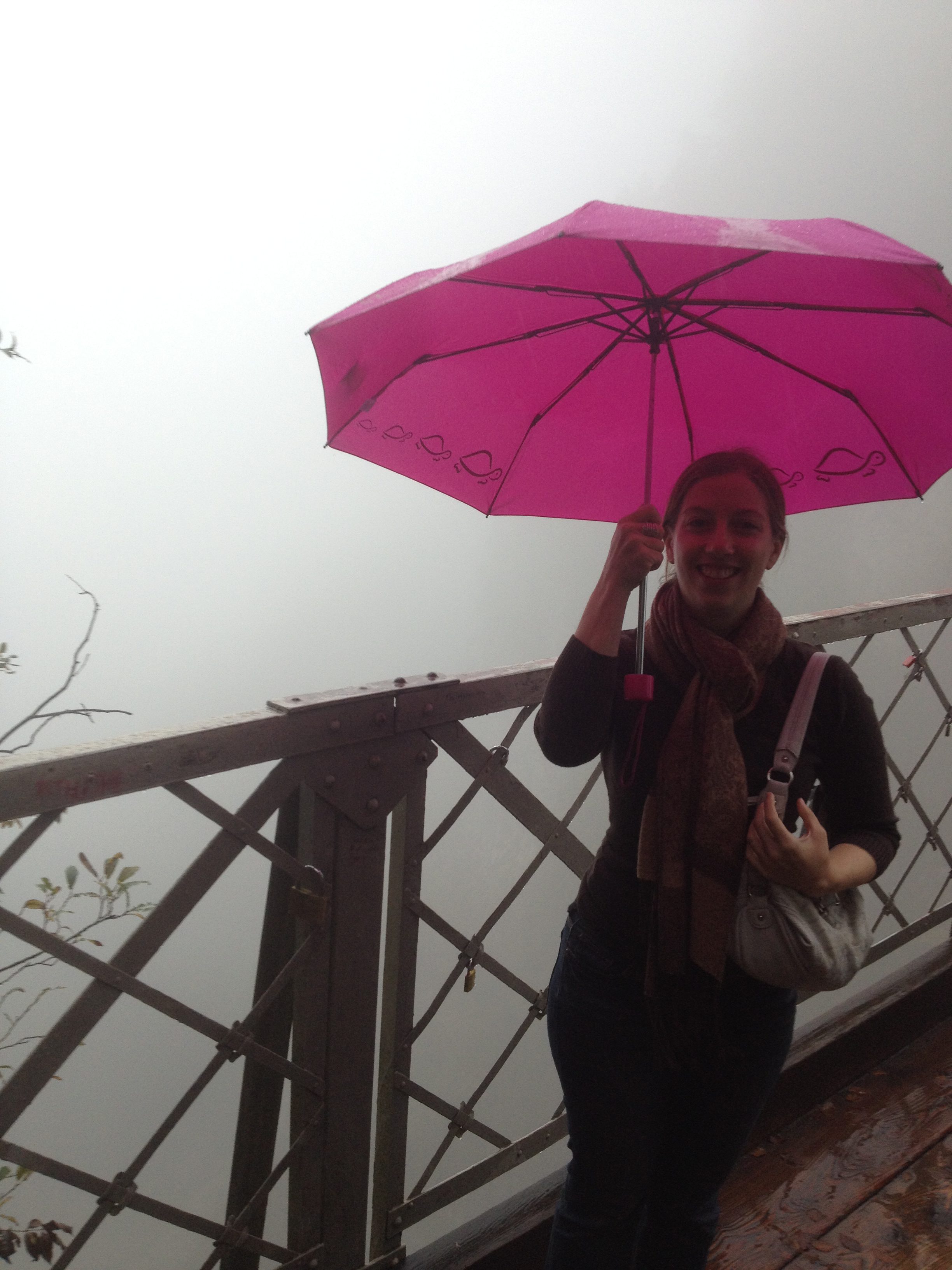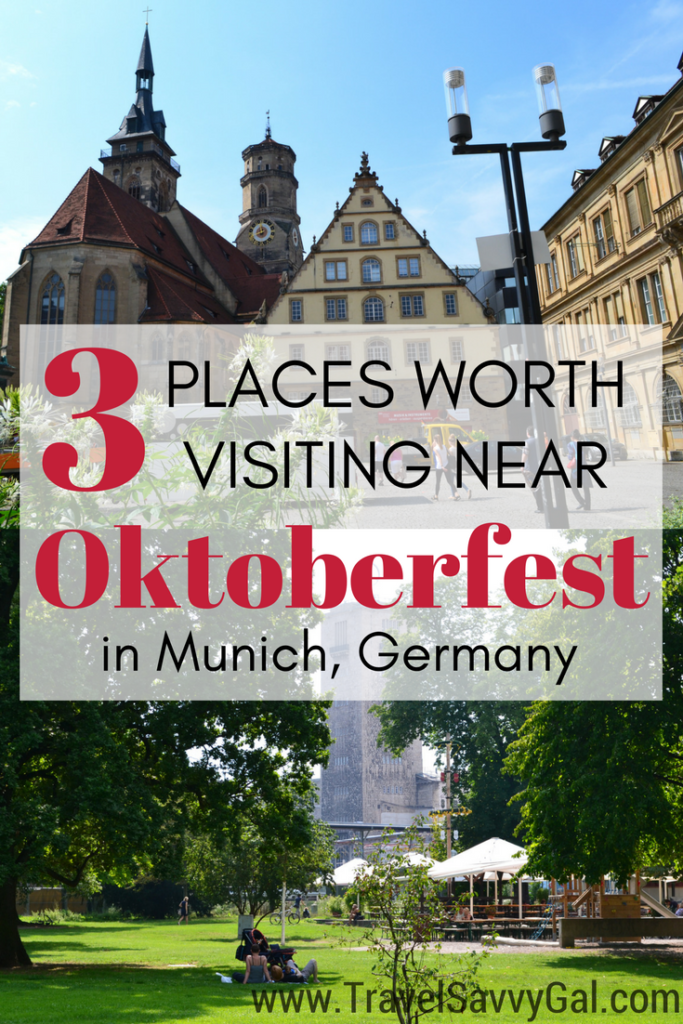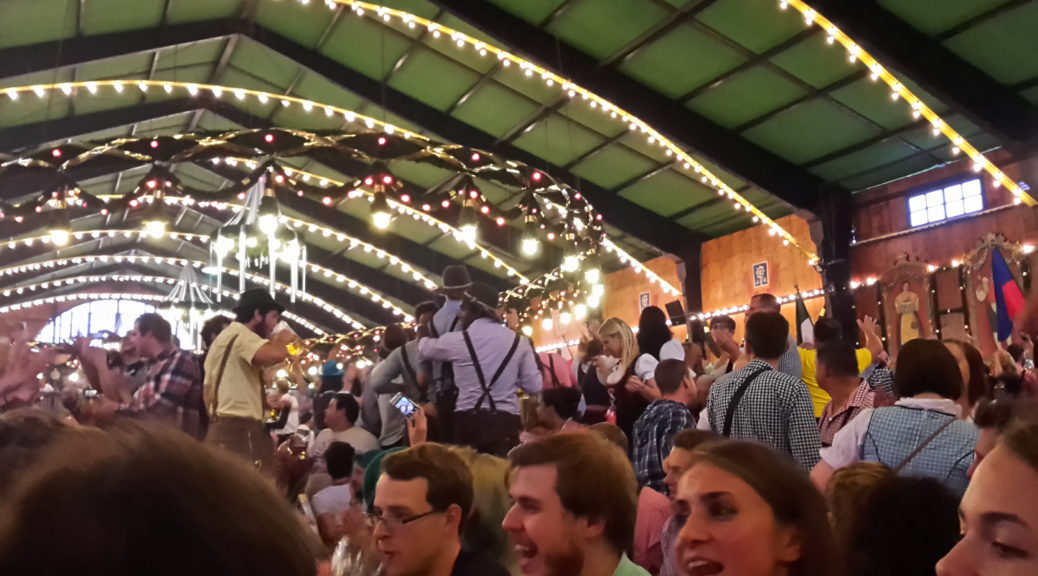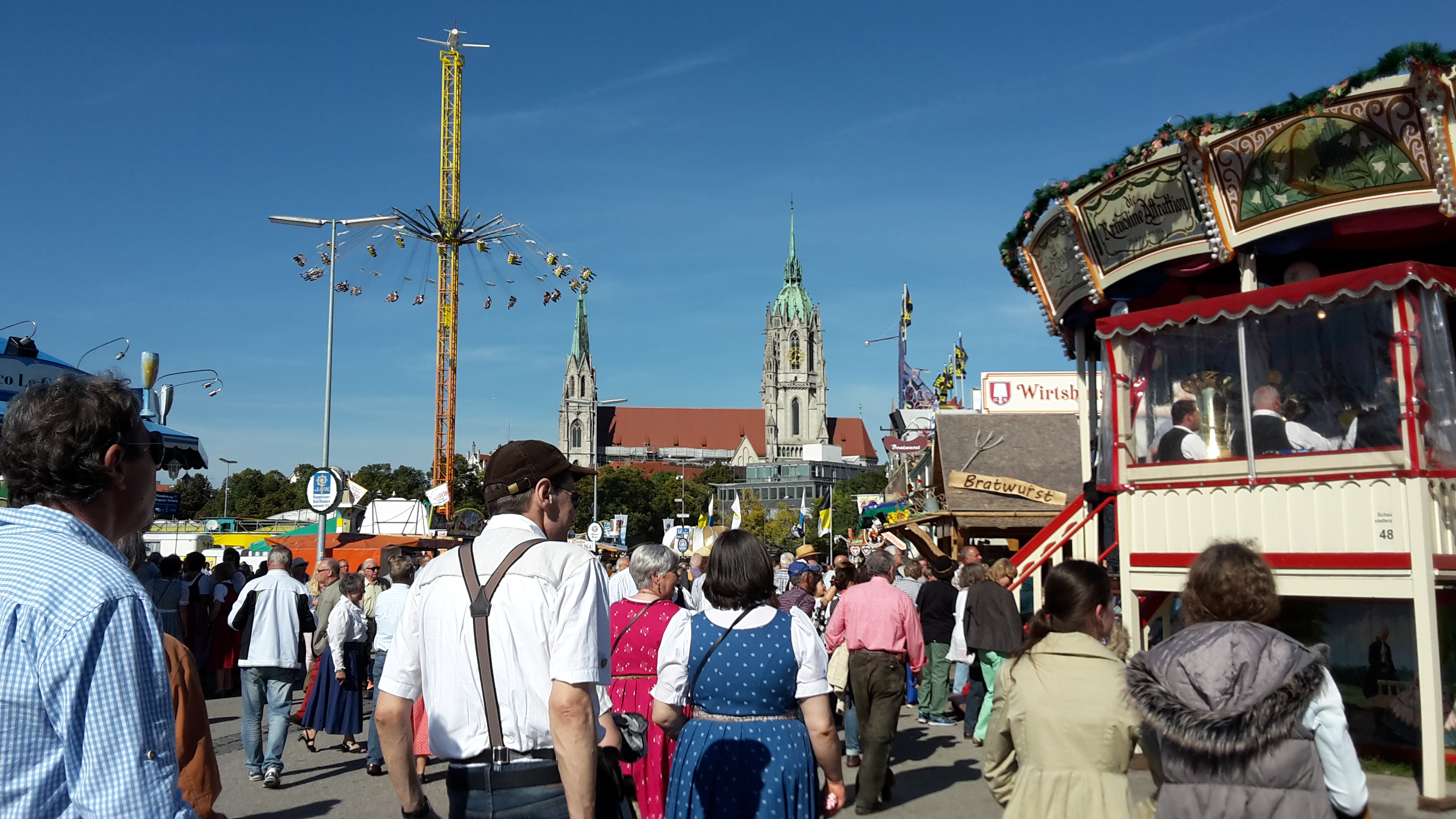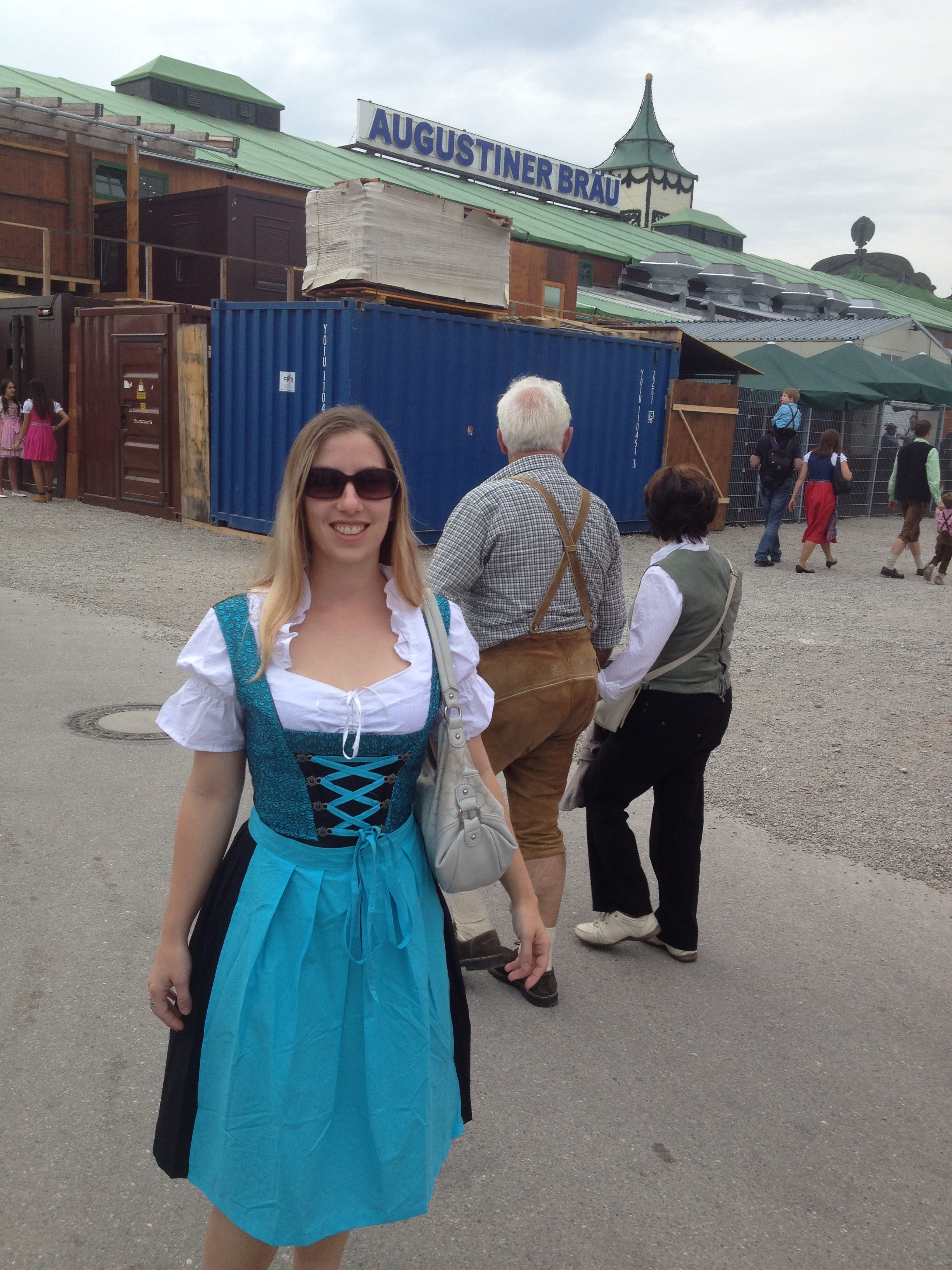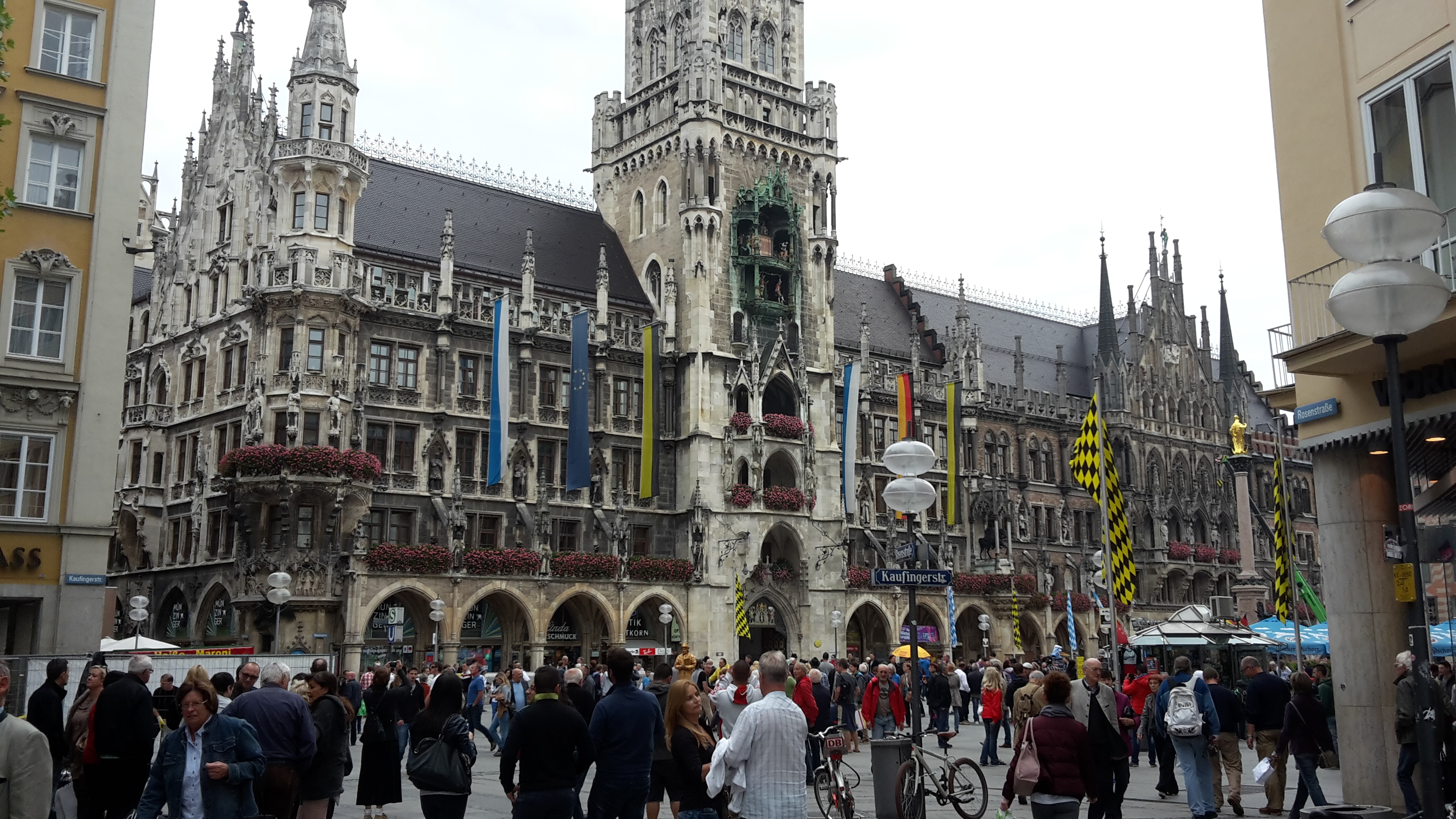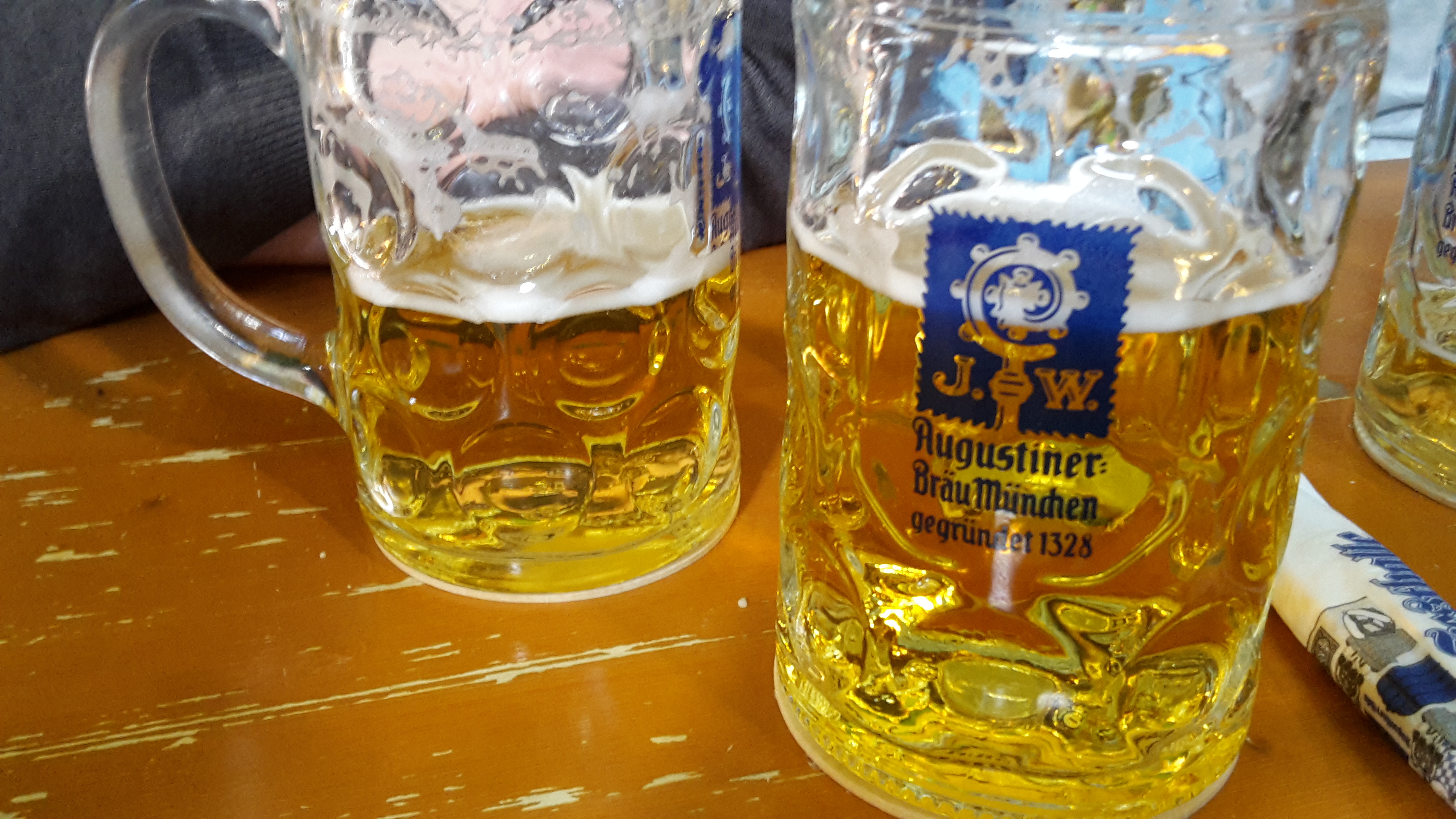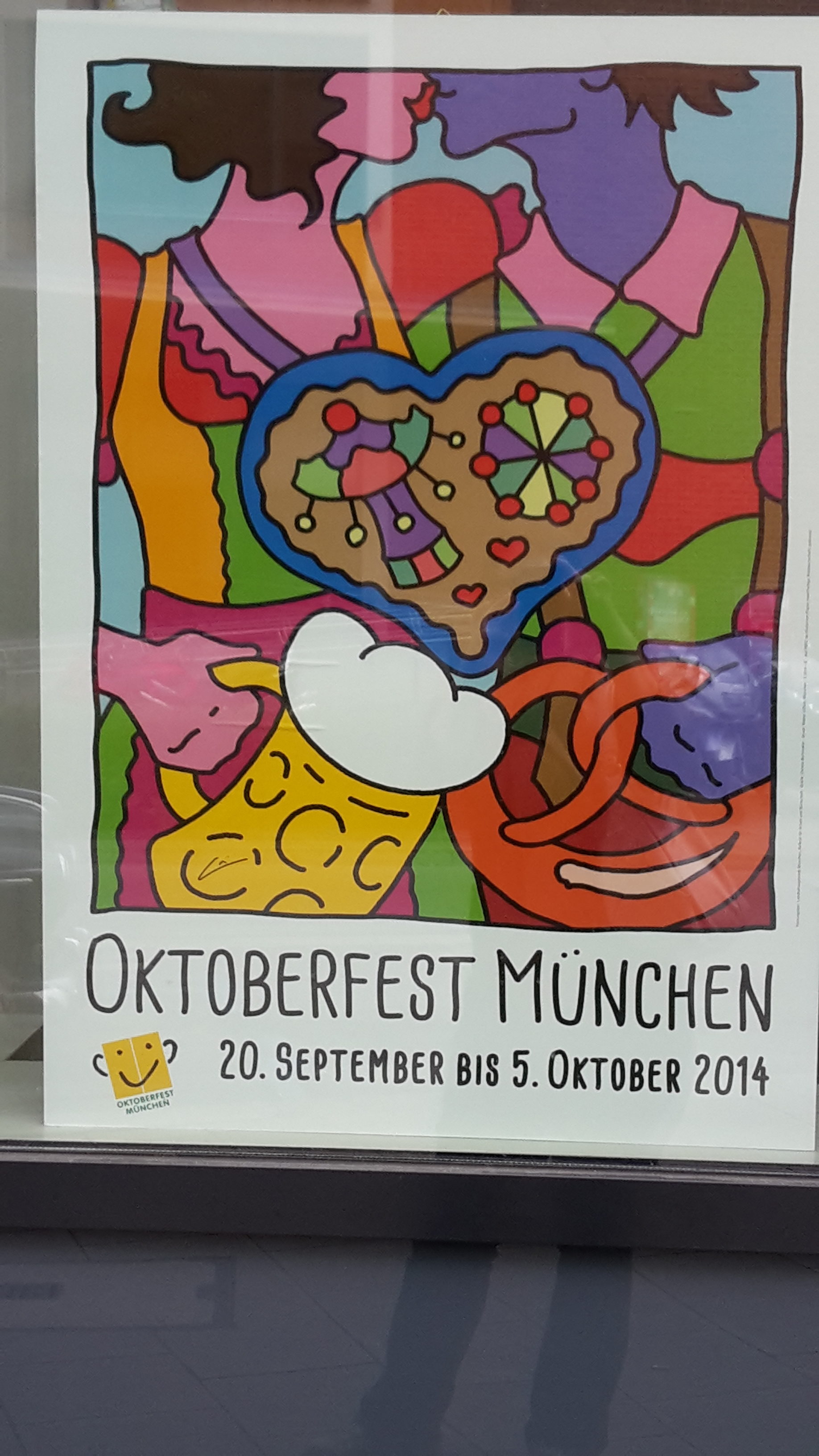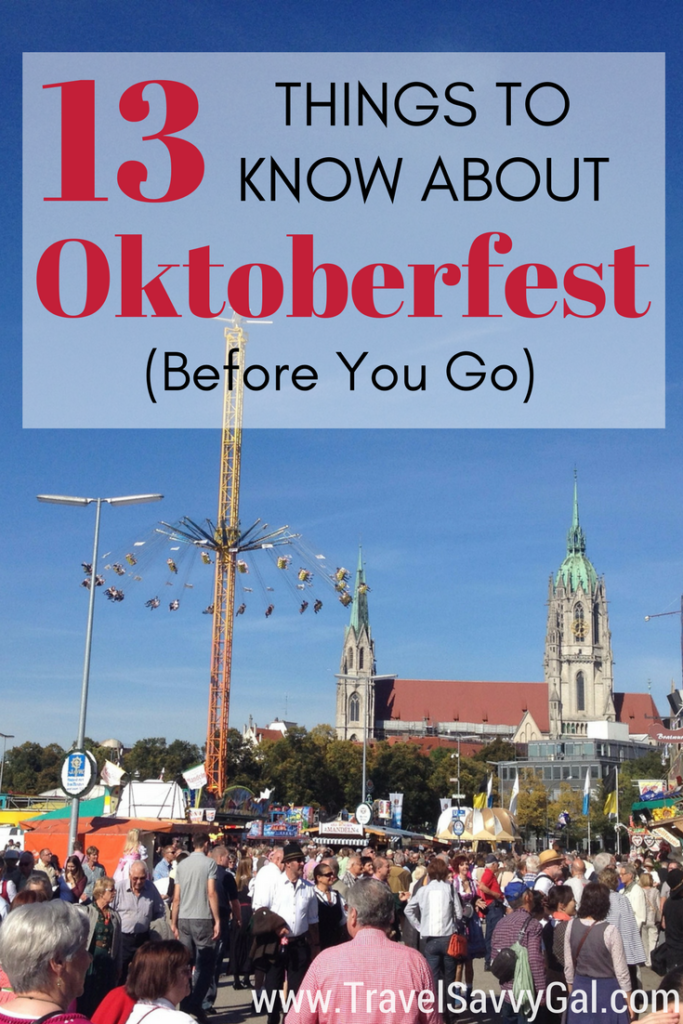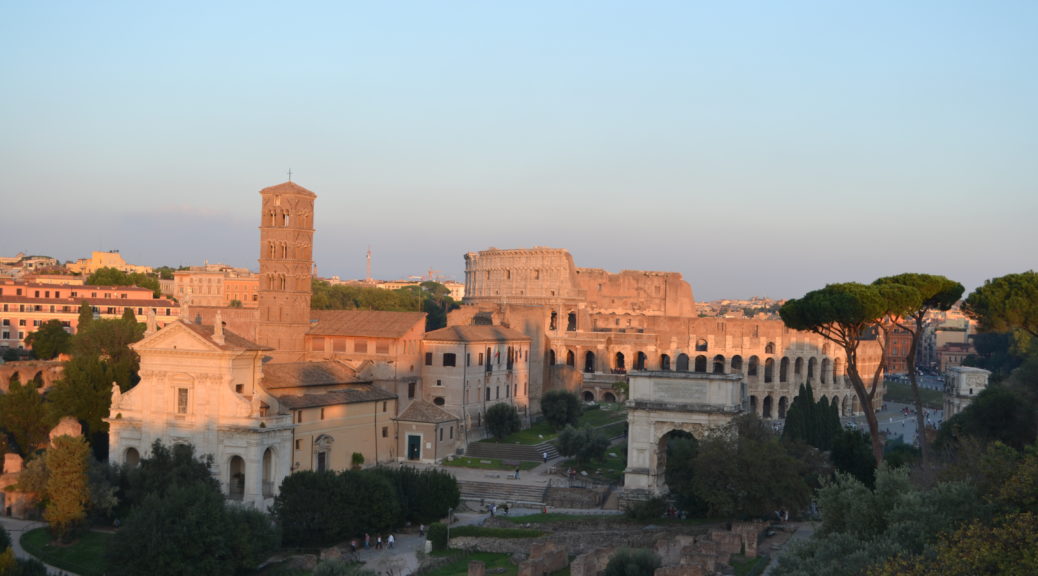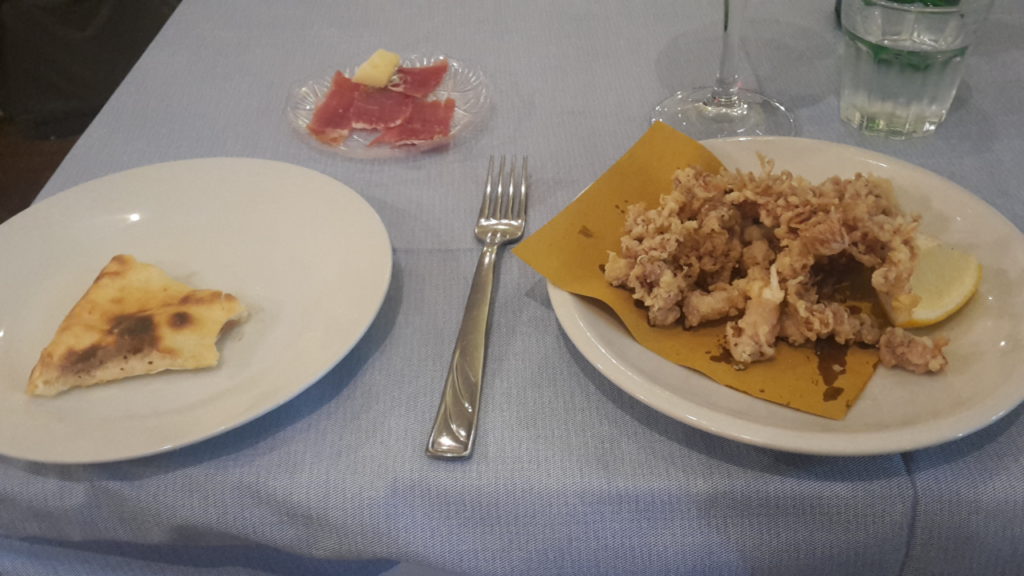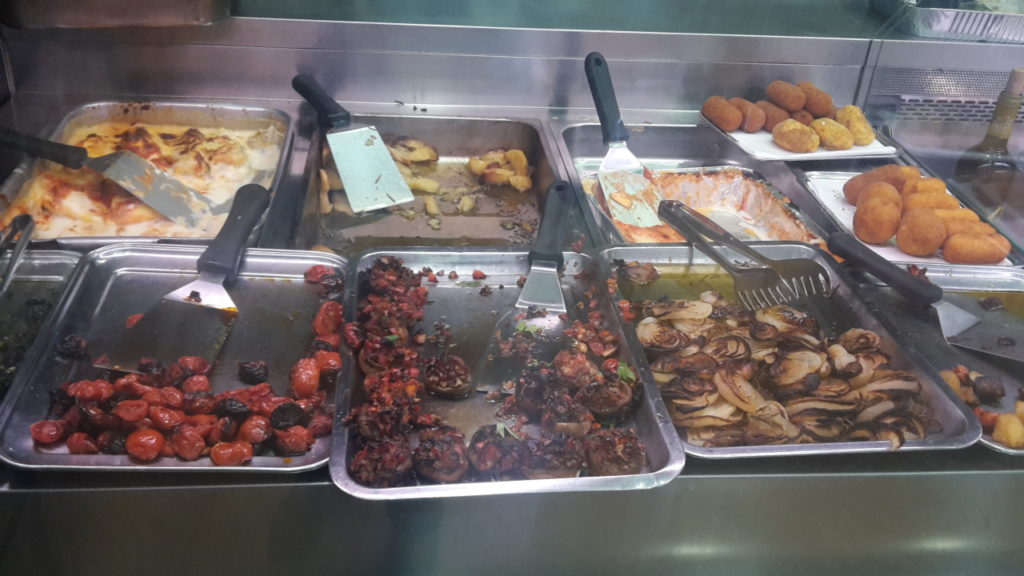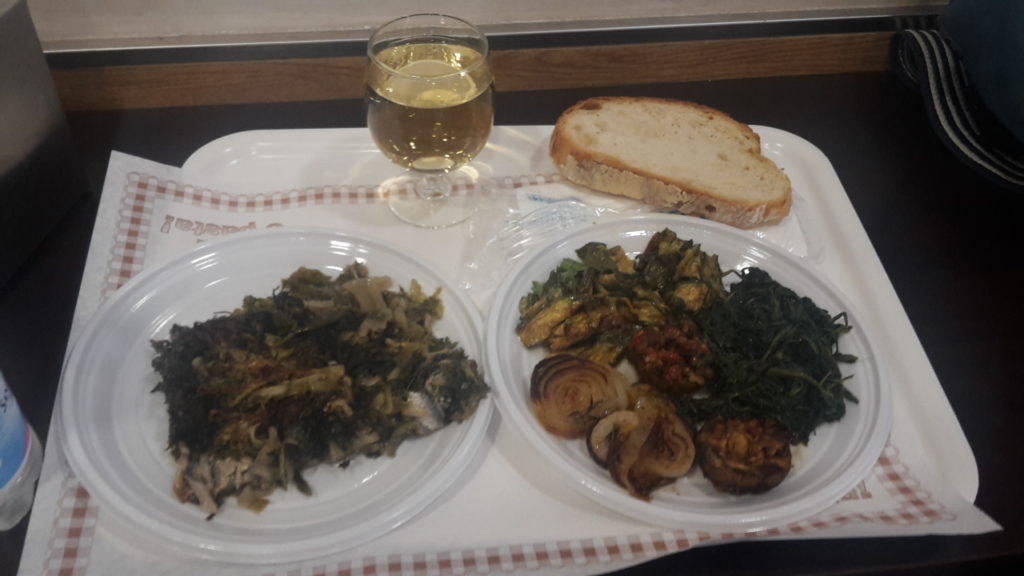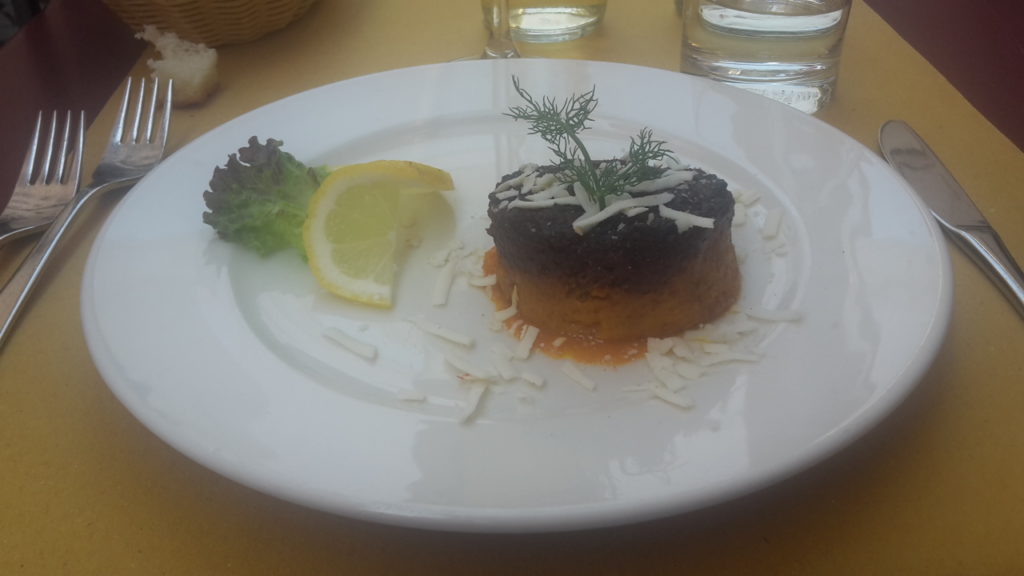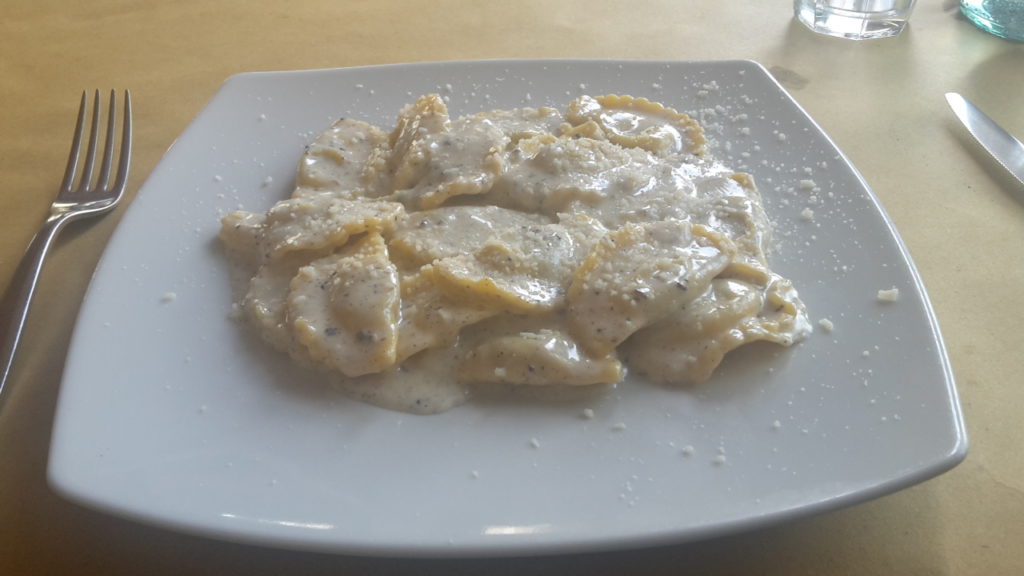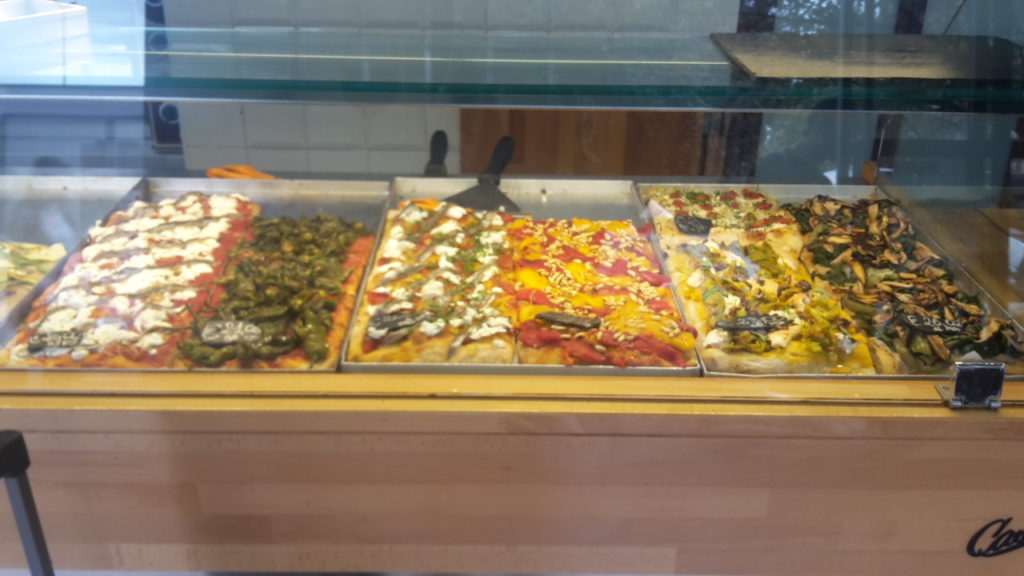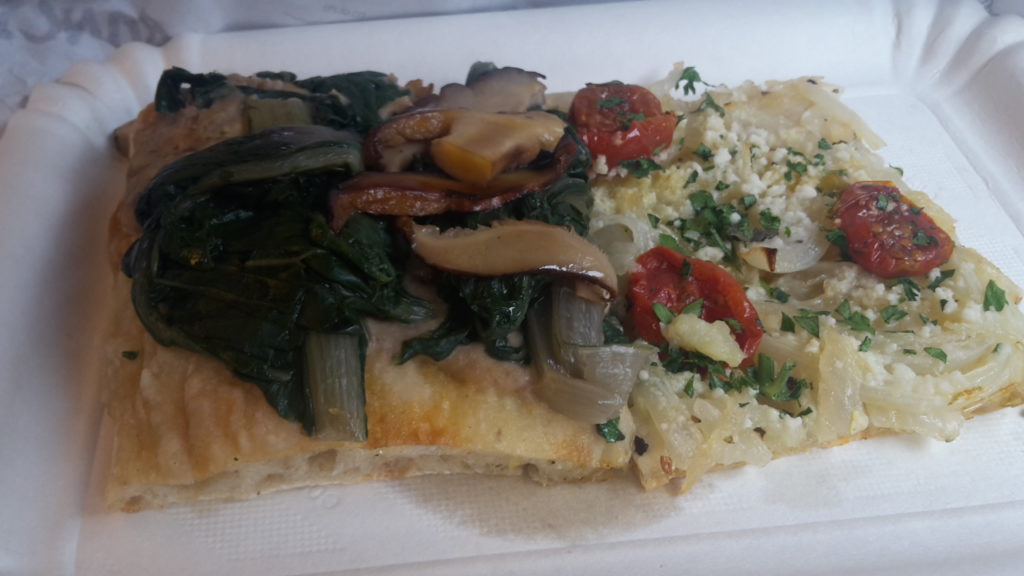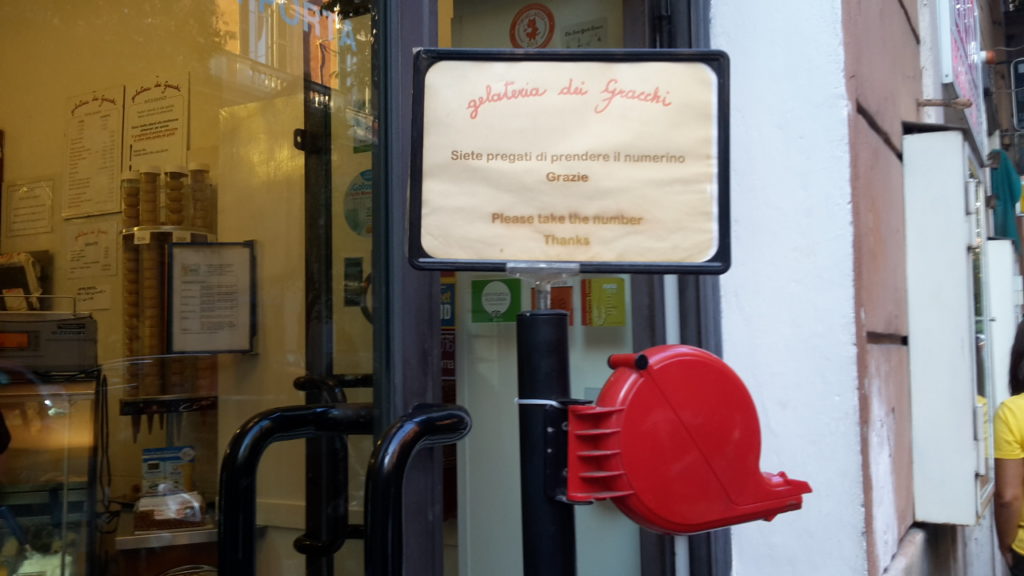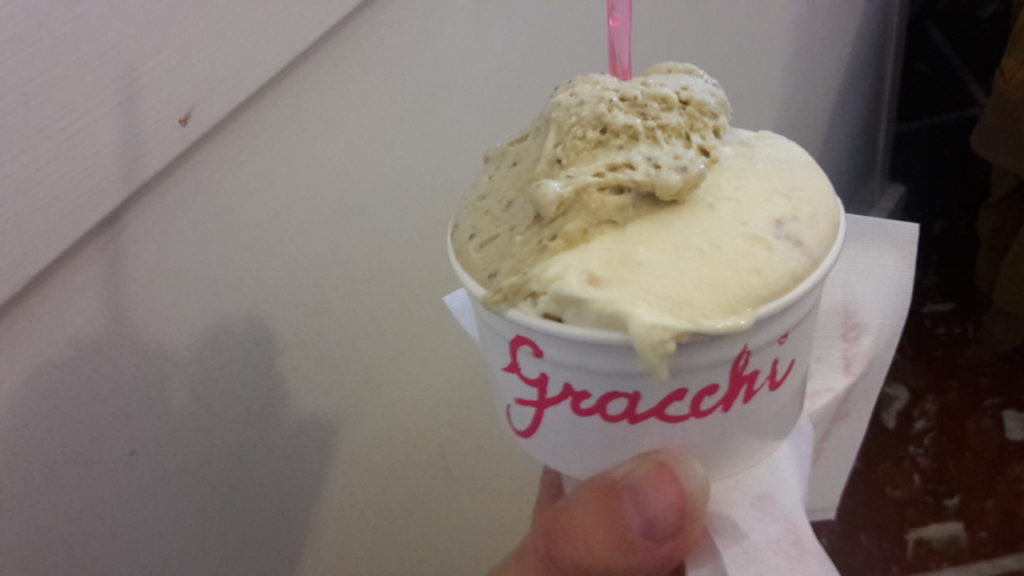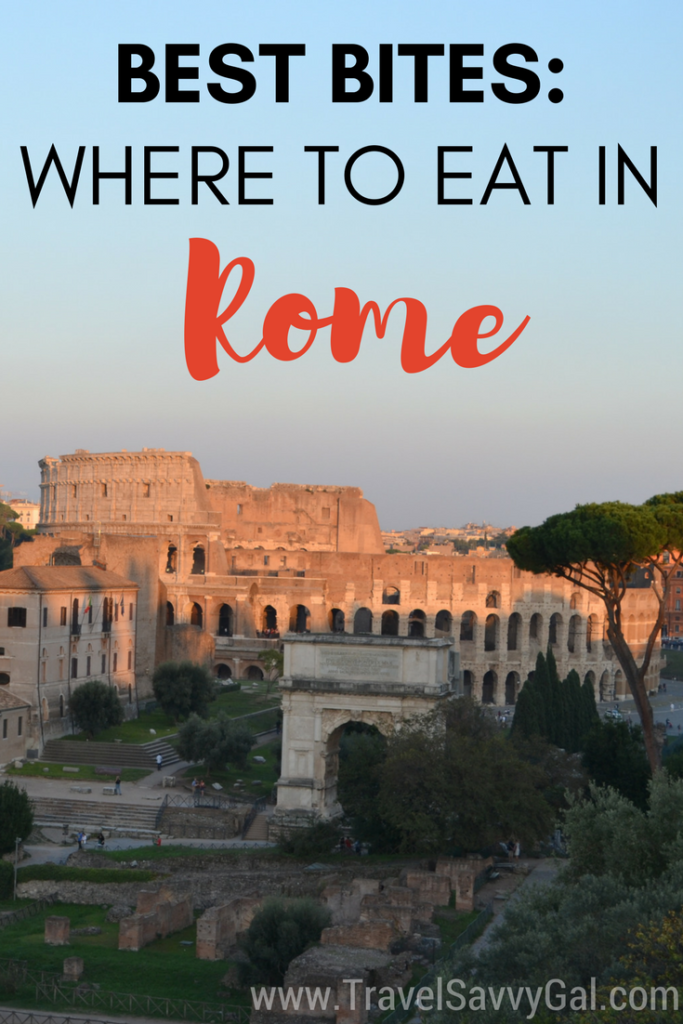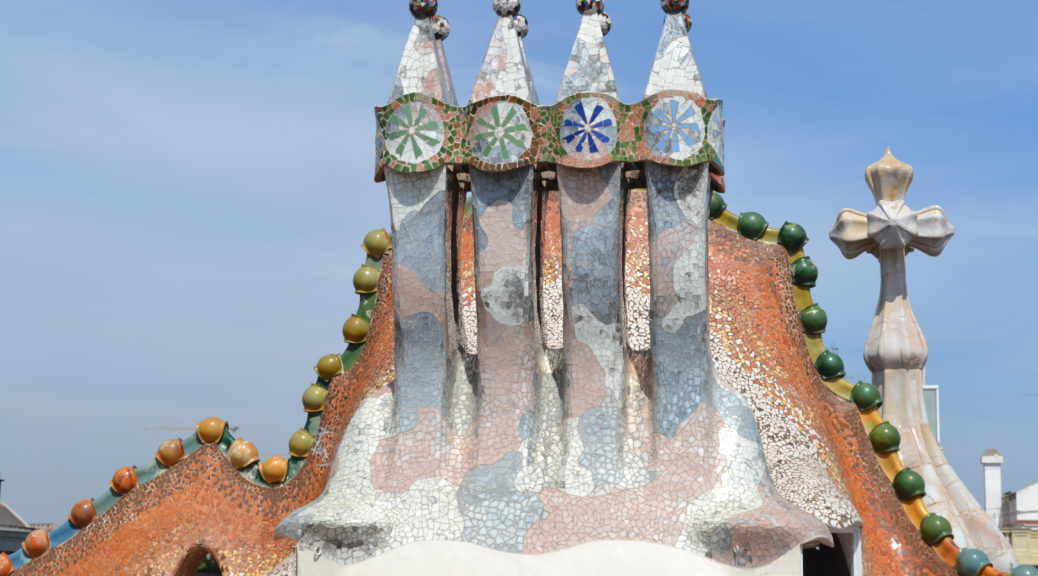
How to Make the Most of a Weekend in Barcelona
Impressions
Barcelona might have been the first city I visited after moving to Europe when I actively solicited recommendations on Facebook from friends about what to do and where to eat. This was long before Travel Savvy Gal was even a bud of an idea, but even then I took what is still my approach: if I’m going to travel, I like to travel well. To me, this doesn’t mean doing the most expensive or exclusive things necessarily, but instead getting a full and rich experience of a particular place. Ten comments on my post and multiple private messages later, I knew I was wise to inquire. I was inundated with suggestions from well-travelled American friends, friends living around Europe, and even a friend from South Africa. So why is Barcelona such a beloved (and well-visited) city across continents?
Thinking back on my weekend exploring Barcelona, I see sunny skies, strolling along lengthy boulevards, the expanse of the Mediterranean, and the vibrancy of the food. I think it’s something about coastal cities that there is this open possibility that comes with every day. A feeling that makes me smile when I think of Barcelona.
I’m not sure if it was because my one and only visit to Barcelona was in springtime, or because it was my first time visiting Spain, but just entering the city put a lightness in my step. The weather was warm but not hot, and the bustle of people made me feel caught up in the bright colors and vivacity of the city. I had such a wonderful time exploring, and know you will, too!
Things to Do
There is a ton to take in in Barcelona, but you can really have a leisurely weekend and see quite a lot. Or squeeze most things in with a more ambitious schedule or by spending an extra day. Here are my top picks for what to do during your visit:
Around Town
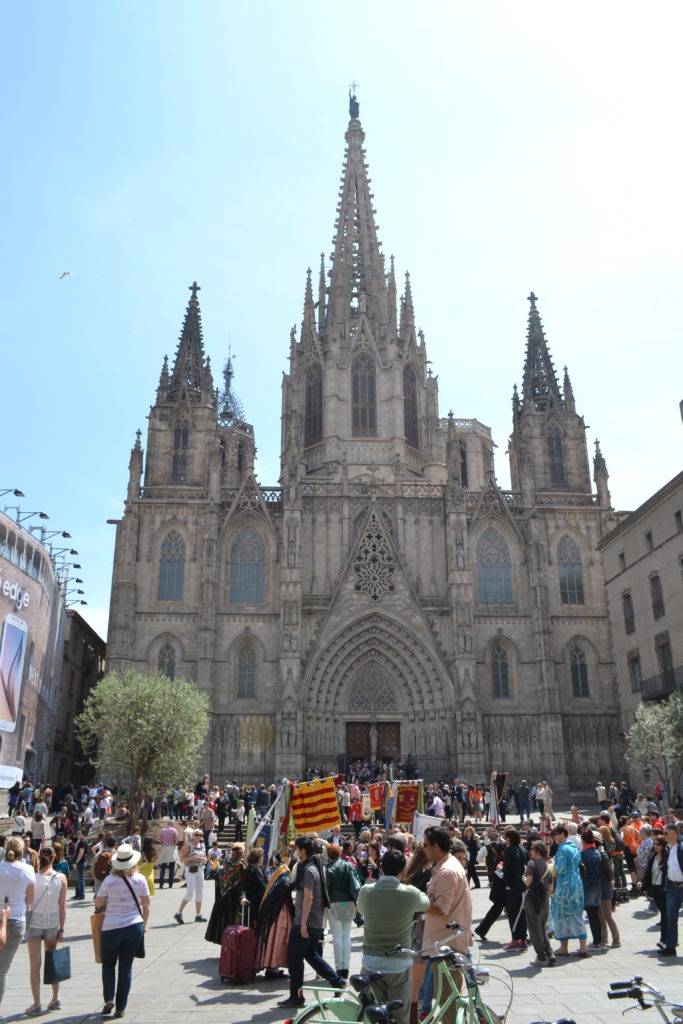
A stunning Gothic cathedral very centrally located, this is one of the spots to definitely explore. Check out the website linked above for the various visiting house – sometimes it’s free to enter, other times there is a donation required.
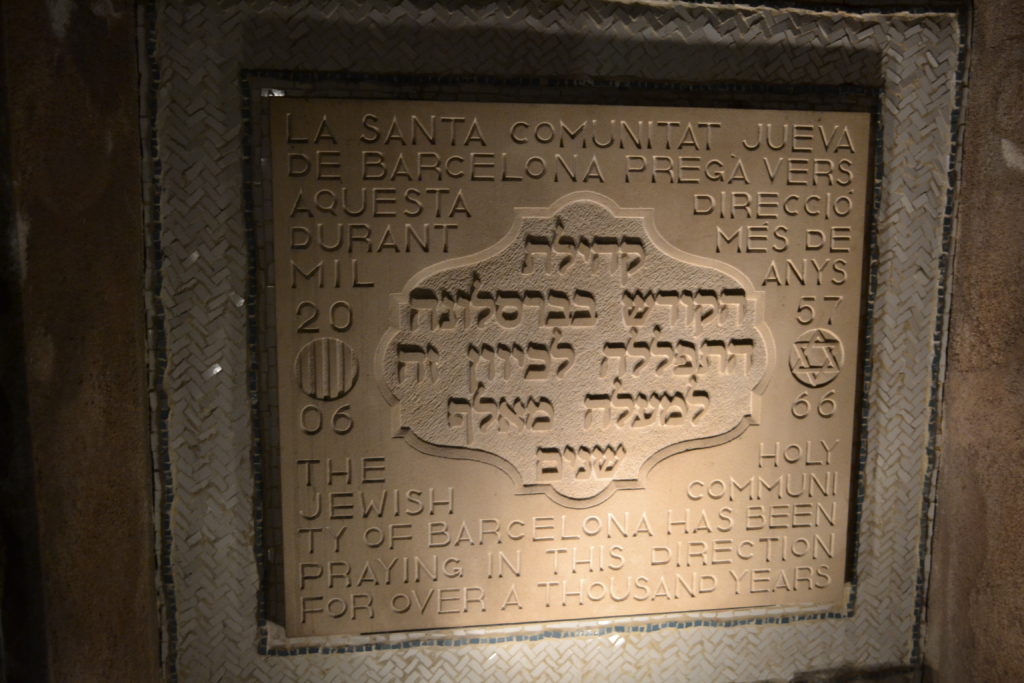
Old Jewish Quarter & Medieval Synagogue
Not far from the Cathedral, you can explore the old streets and also visit the medieval synagogue, one of the oldest in Europe. It is small and is more like seeing an archaeological excavation than seeing a modern house of worship, so a great window into Barcelona’s past.
I really enjoyed this museum, the only one dedicated to Picasso’s works during his lifetime. He first moved to Barcelona as a teenager with his family, and spent later years there as well.
La Rambla
This is a street, which is not your typical tourist recommendation, however this came up with almost everyone who recommended Barcelona sights to me. It is a large sprawling boulevard that connects the Plaça de Catalunya in the center to the waterfront, is a popular spot for strolling, and has many things to see along the way:

La Boqueria market. See the colorful produce on offer in Barcelona, and the market is also a great spot to stop for a drink or a meal (see “Best Bites” section below).
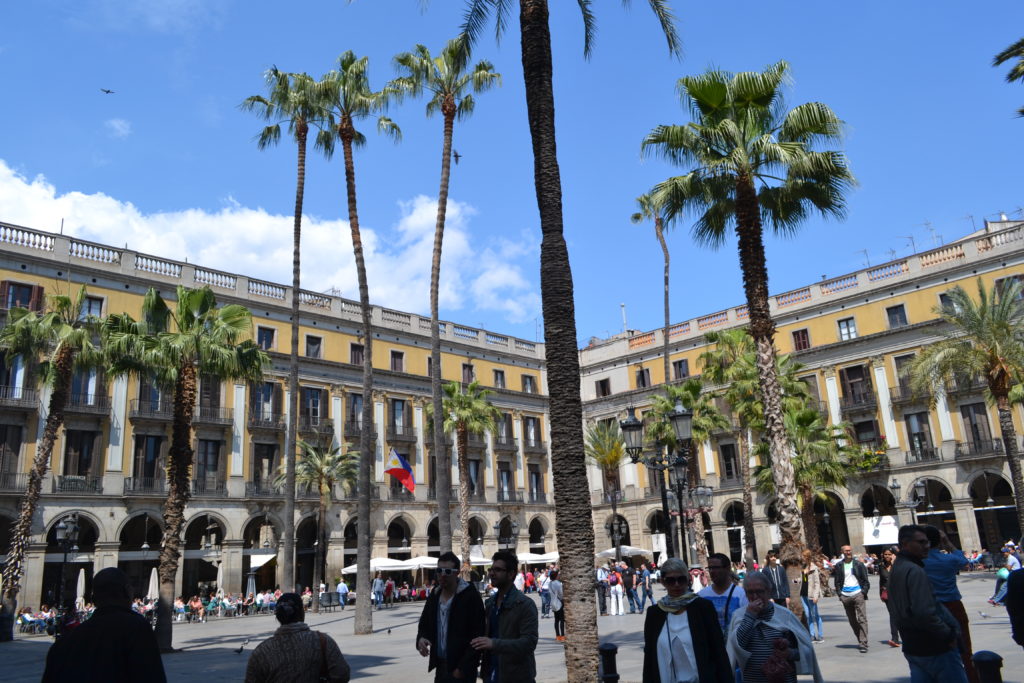
Plaça Reial. This large plaza adorned with palm trees reminds me of many others and does not seem distinct to Barcelona, but has a lively scene or restaurants along its perimeter and is worth a quick peek as you stroll down La Rambla.
Mirador de Colom. Right before you get to the waterfront, there is a tower of Christopher Columbus dominating the center of a roundabout. Snap a few pictures before heading to the water’s edge.
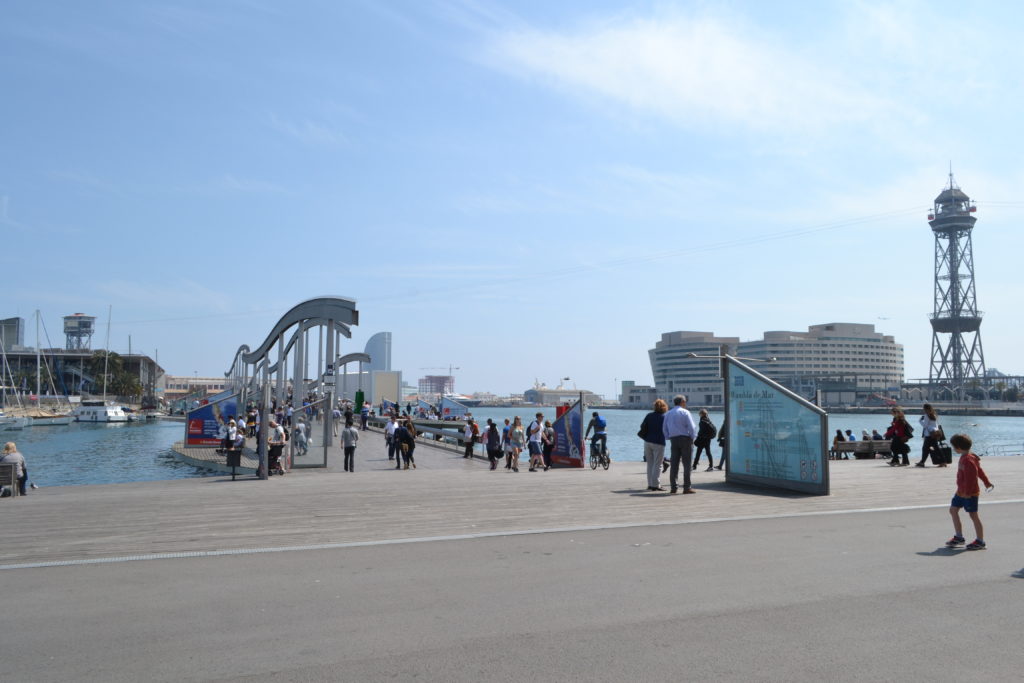
Waterfront. A pedestrian walkway makes the stroll along Barcelona’s waterfront as comforting as any boardwalk you enjoyed strolling growing up.
Off the Beaten Path
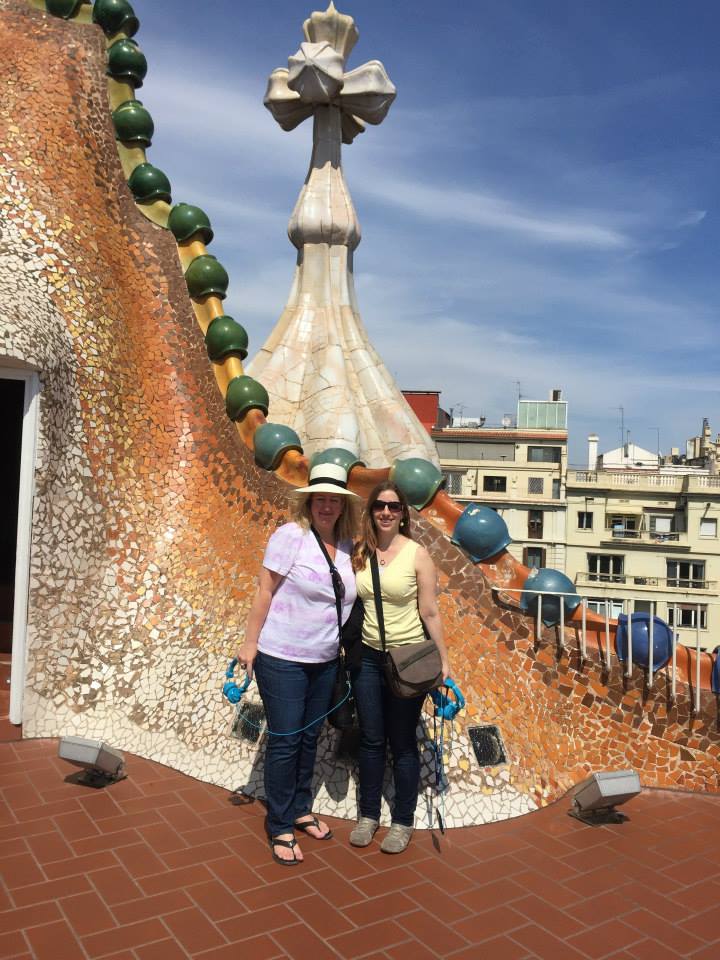
Gaudi, a Spanish architect who designed many buildings around Barcelona, may be the most famous thing about Barcelona. Casa Battlo is one of the houses he designed, a bit off the beaten path, but not too far from the city center and with a ton of rooms open to the public across many levels, including an audioguide.
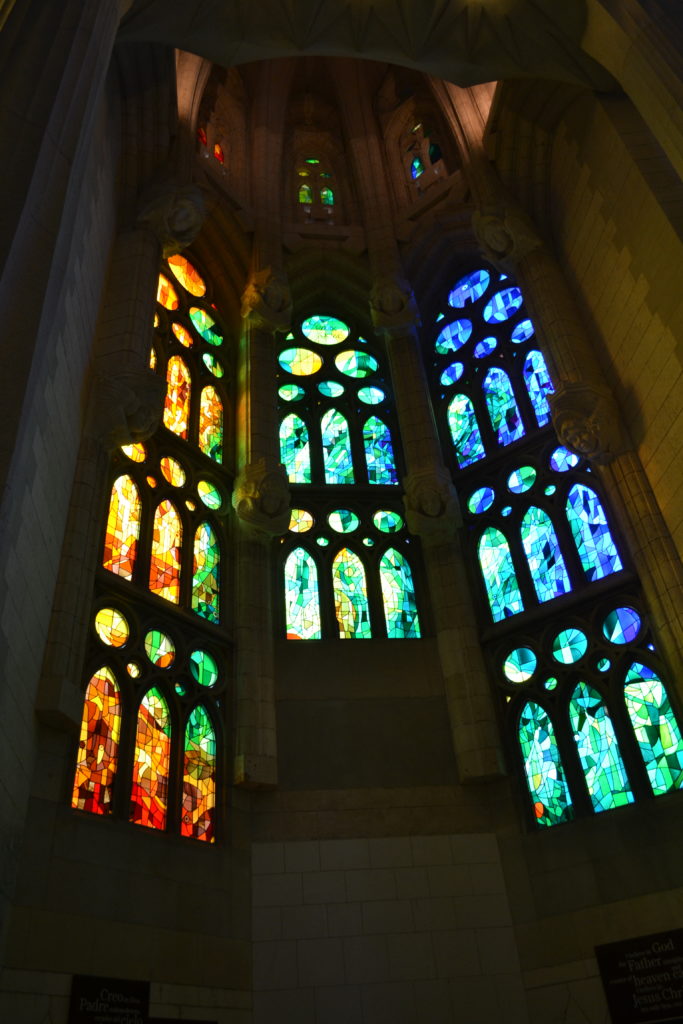
Although still currently unfinished, this Catholic church designed by Gaudi is possibly his most iconic creation in the city. It is a long walk or short metro ride from the center, and is probably the most popular attraction in Barcelona. See the “Amazing Views” section below for more on accessing the view from the top.
TIP! Also off the beaten path are other Gaudi creations, including Casa Milà and Park Güell, the latter also providing an elevated view of the city.
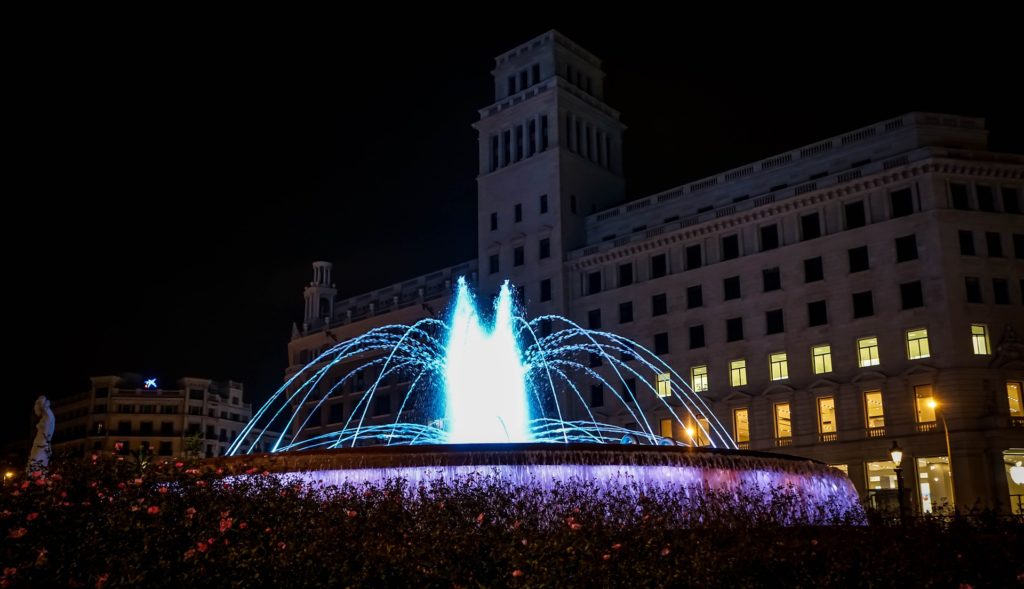
This light and fountain show only runs on Thursday-Saturday nights (Wednesday-Sunday in summer), so if you are spending the weekend in Barcelona it’s a perfect time to check out the fountain choreography and changing lights set to musical medleys.
Amazing views
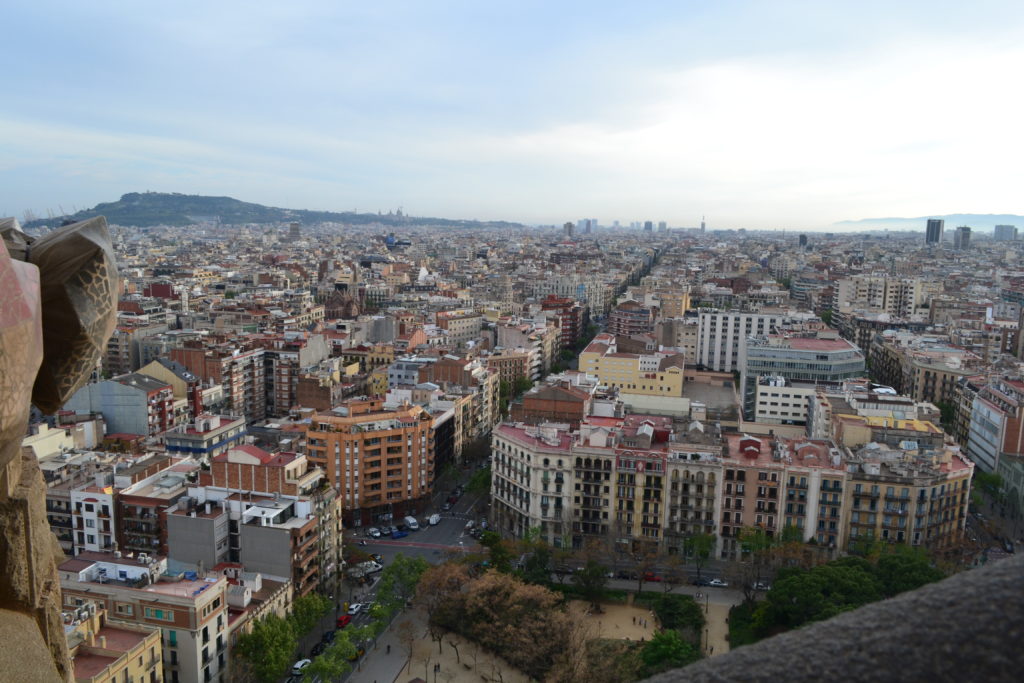
There is a lift that brings you up to the towers of the church for a high vantage point, and is worth organizing in advance as entrance capacity is more restricted than the church itself. More details are linked above.
Parc del Mirador del Poble Sec
This and other nearby gardens in the Poble Sec neighborhood of Barcelona offer wide views of the city and waterfront, and are a refreshing break as the green spaces are frequented more typically by locals than tourists.
Best Bites
Barcelona, like many parts of Spain, is all about the tapas (small plates) and the wine. This approach to eating is perfectly suited to me because I love getting to try lots of different dishes and finding a tasty accompaniment to wash it all down. In Barcelona, I felt like there was a focused approach to each traditional small plate, bringing forth flavor combinations to give you pause, and local wine that pairs so well with the typical cuisine. And I was fortunate enough to travel with a friend who is a kindred spirit when it comes to seeking out delicious meals. The top places I enjoyed during my stay:
Traditional Tapas
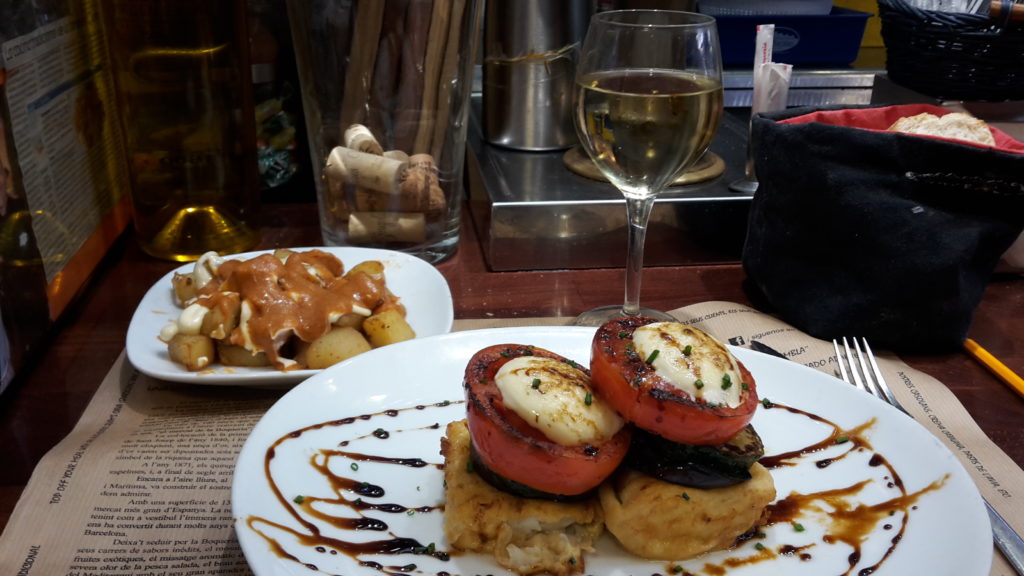
- El Quim de La Boqueria @ La Boqueria Market
Whether you eat here or not, this market off of the famous La Rambla boulevard is definitely worth a visit. In addition to vendors selling incredibly fresh produce, there are a lot of stands with stools or nearby tables where you can eat a sit-down meal. I squeezed in to the last spot at the bar at El Quim for a tasty Friday lunch, when I was still flying solo.
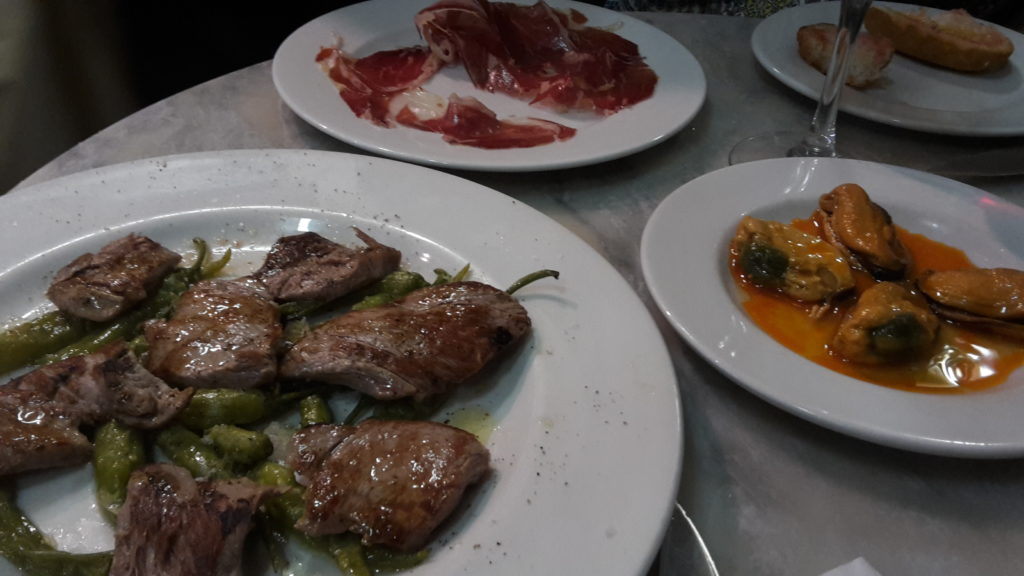
This was one of the places recommended to me by a friend, and became the default choice for Sunday lunch as one of the few places open that day. It was so crowded when we first entered that there was half an instinct to turn right around and find a calmer place, but waiting had its rewards. The service was very friendly and our server made great recommendations, and all of the dishes were well-executed versions of classic tapas. The octopus dish was especially memorable.
Innovative Tapas
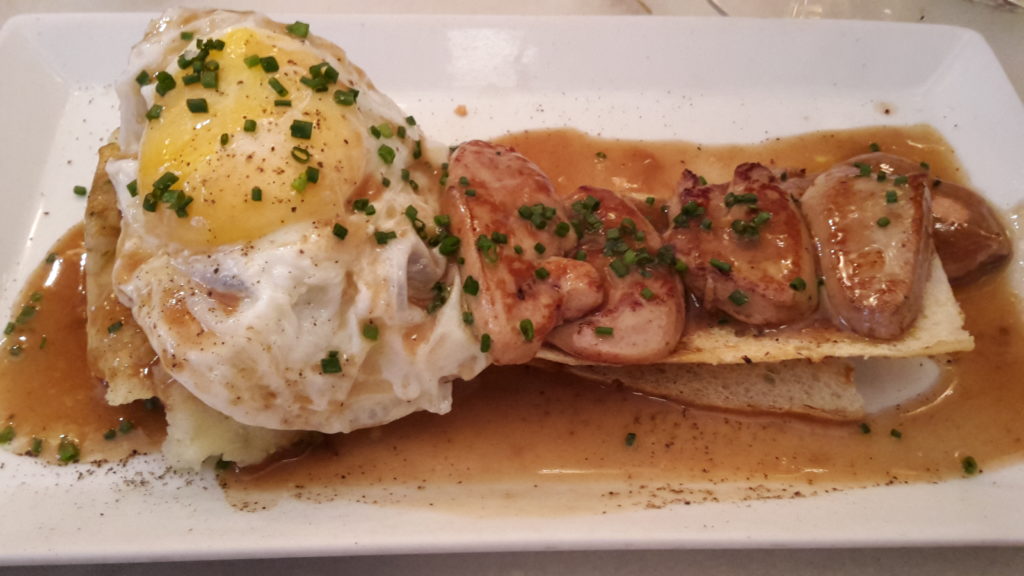
I knew in advance that La Pepita does not take reservations (“sin reserva”), but arriving for a late lunch on a Saturday meant being able to be seated immediately. This is not your traditional take on tapas, but the restaurant is true to the principles of putting complementary flavors together on the plate that give you pause to savor each bite. The staff was also very welcoming, making for an excellent overall experience.
Dessert & Drinks
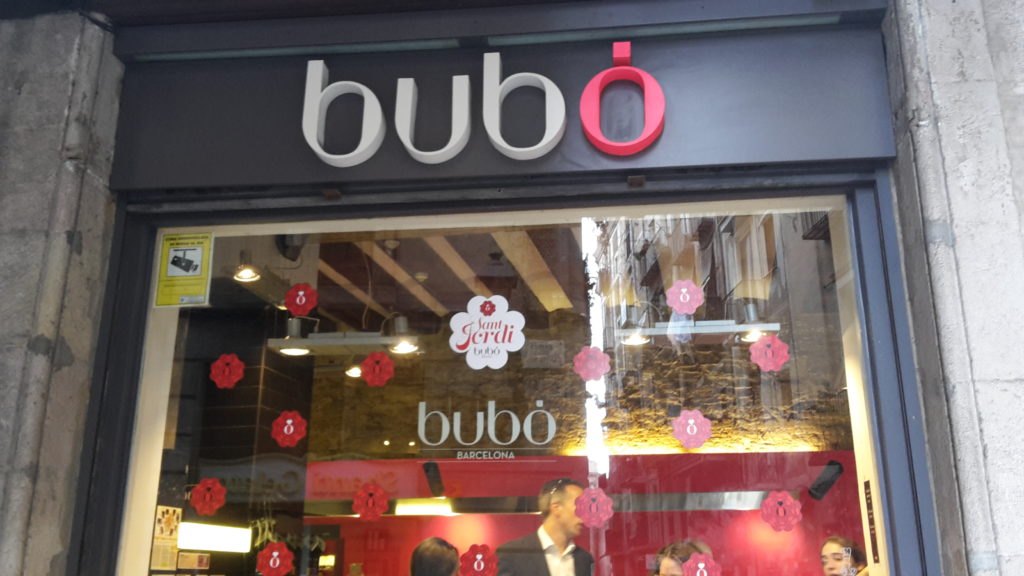
It’s been a while now, but this pastry shop won “best chocolate cake in the world” back in 2005, and they are still serving up the special Xabina cake slice, with many layers of texture and flavor. Not far from El Xampanyet (see above) and worth seeking out.
- El Born & Gracia neighborhoods
No particular bar stands out to me for after-dinner drinks although I frequented a few, but these two neighborhoods have lively nightlife scenes and are great areas to walk around and then you are free to pop into whatever place strikes your fancy.
On the high end
This was a budget weekend away, so I did not visit any “fancy” restaurants, however I would be remiss to not mention two very world-renowned spots for those who might be interested:
- Tickets Bar – If you are not new to the foodie scene, you’ve heard of Ferran Adrià of El Bulli fame. When El Bulli was open, it was considered by many to be the best restaurant in the world, receiving a million reservation requests for just a few thousand dining slots annually for their molecular gastronomy experiments on a plate. The Adrià brothers have Tickets Bar as their latest project, with reservations available online two months in advance.
- El Celler de Can Roca – An hour outside of Barcelona, this is a place for the serious foodie. For the past 4 years, it’s claimed the #1 or #2 spot on the list of the World’s 50 Best Restaurants. Reservations open on the first of every month for 11 months in advance, so plan well ahead if you want to dine here. Considered one of the hardest restaurant reservations to get in the world.
(More) Practical Tips for Visiting
Shopping
I am not usually a person who buys a lot of souvenirs or is that into shopping as I travel, but Barcelona has so many wonderful things at great prices, that I would definitely leave extra room in your bag to take your purchases home. I had not planned ahead, so kept my buying modest: I bought a scarf that I wear often, an earring and bracelet set, as well as two Gaudi-decorated espresso glasses with spoons. But if I had more space, there were also great artist shops all around and really interesting and beautiful clothes for great prices. Next time…
Have you visited Barcelona before? What is your favorite part about visiting Spain? Or what you’re most looking forward to on your first trip? Tell me more in the Comments below.
Like this post? ‘Pin it’ on Pinterest for later!

